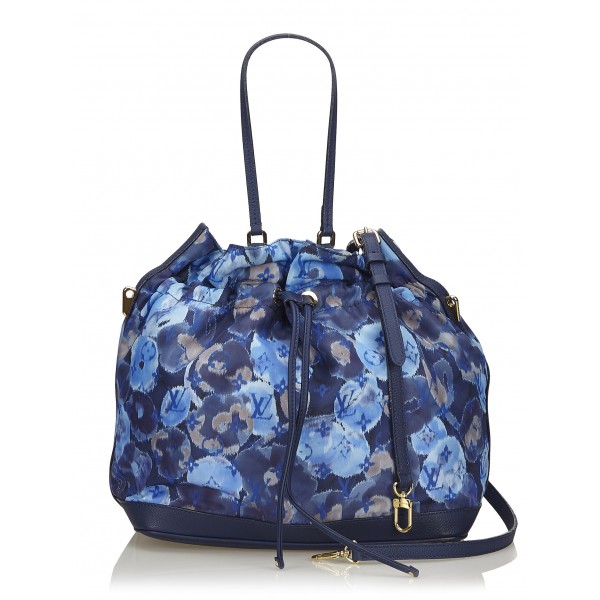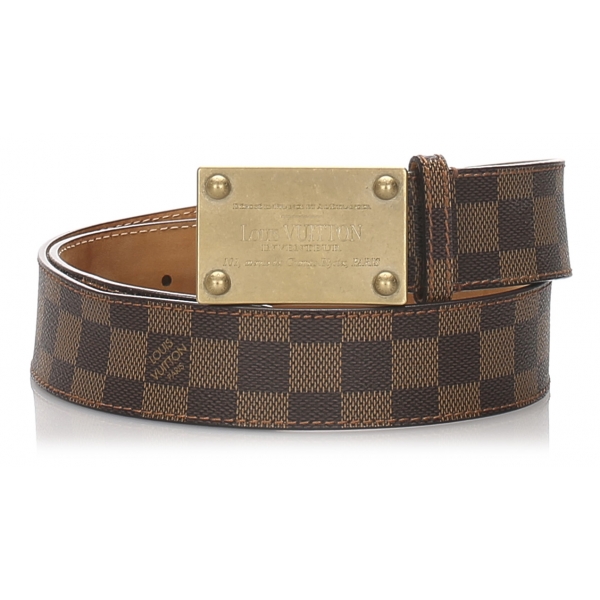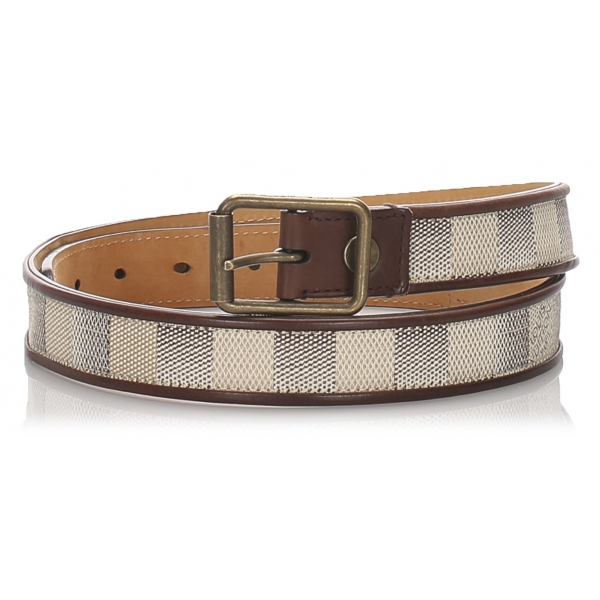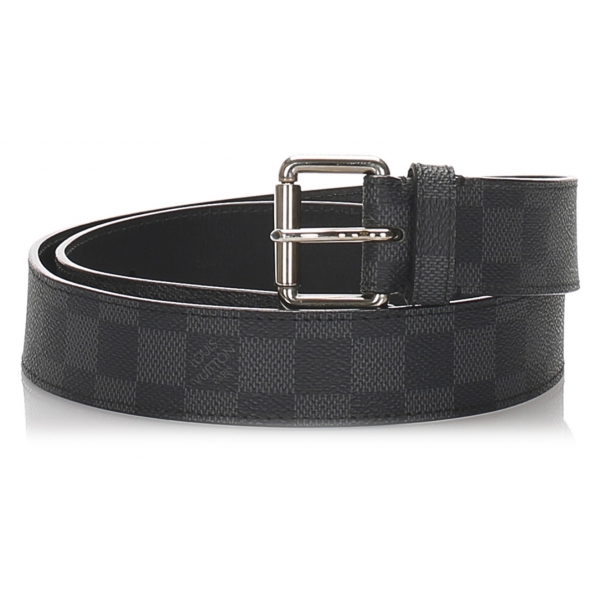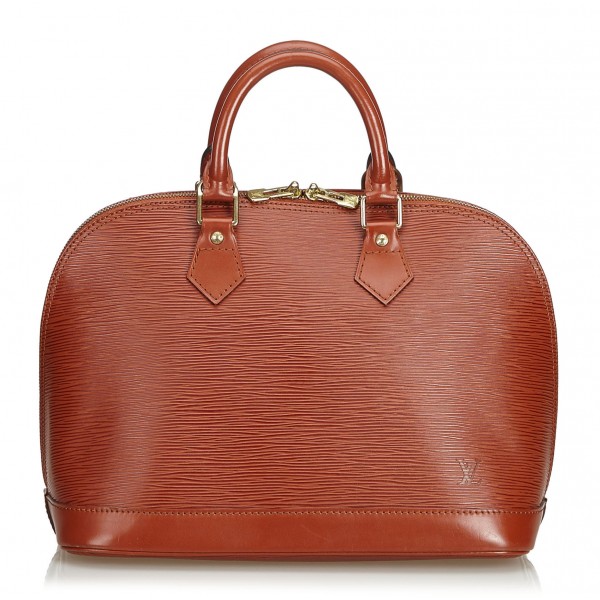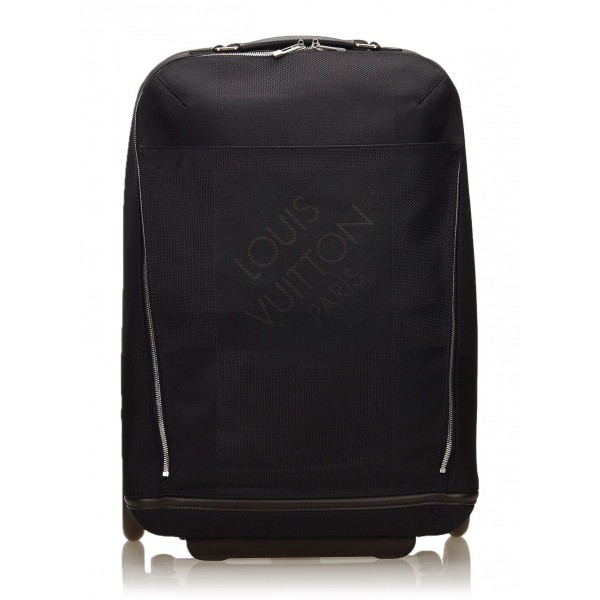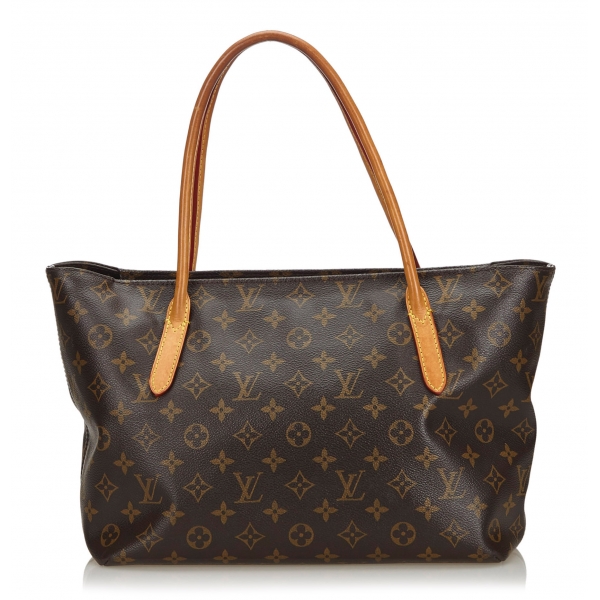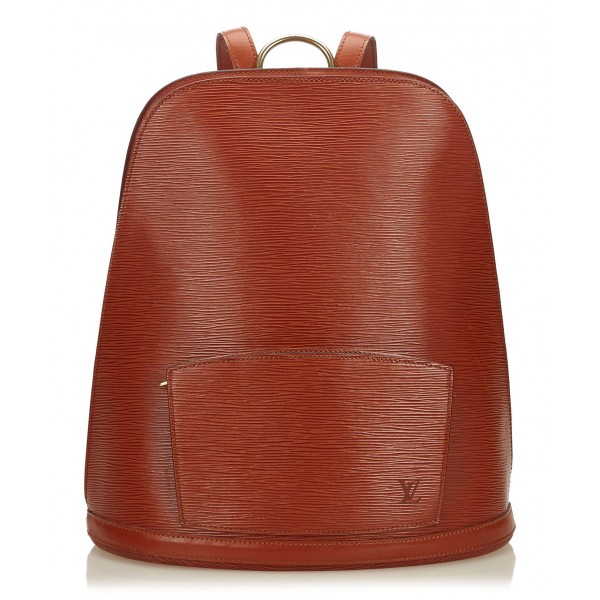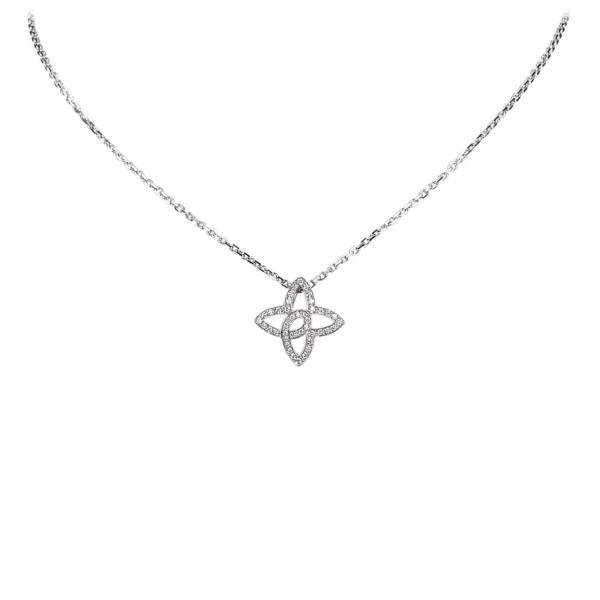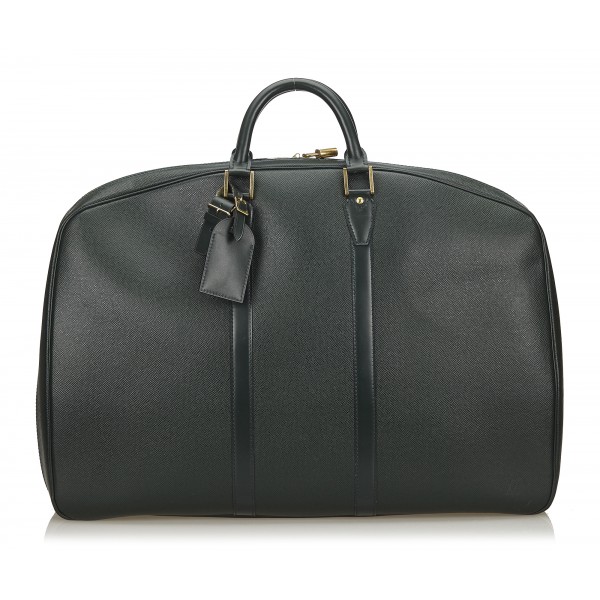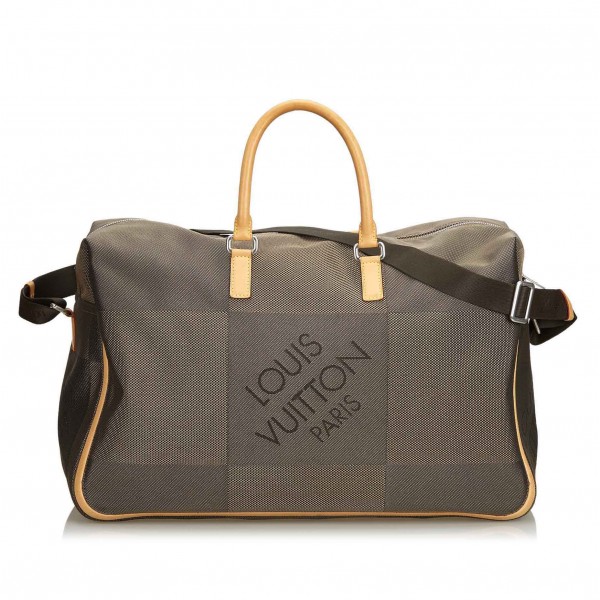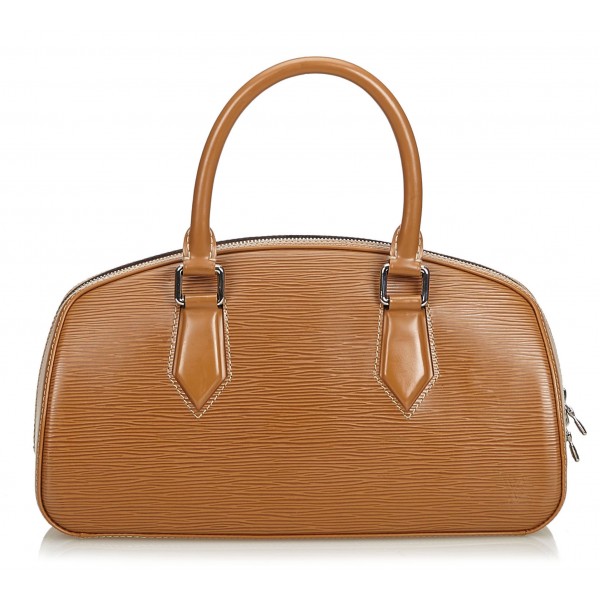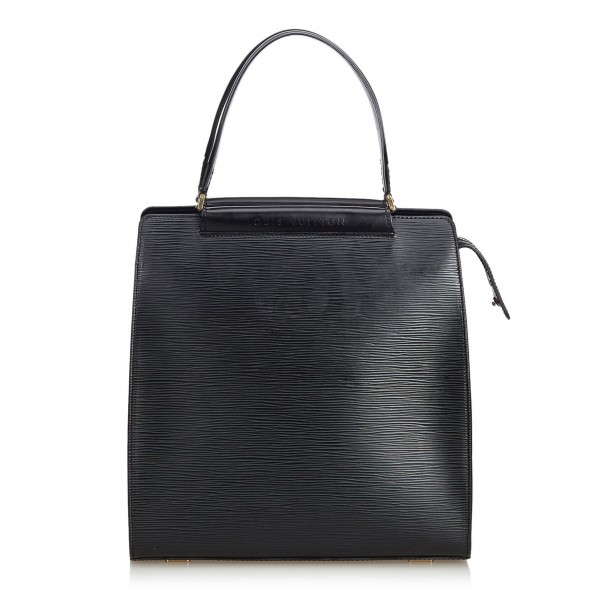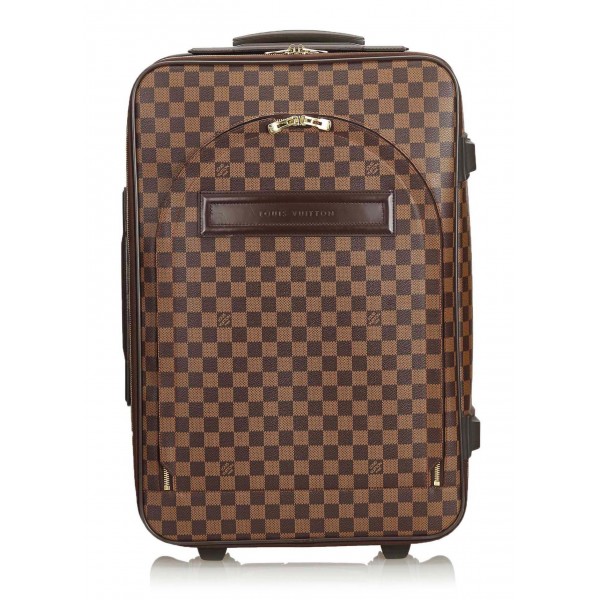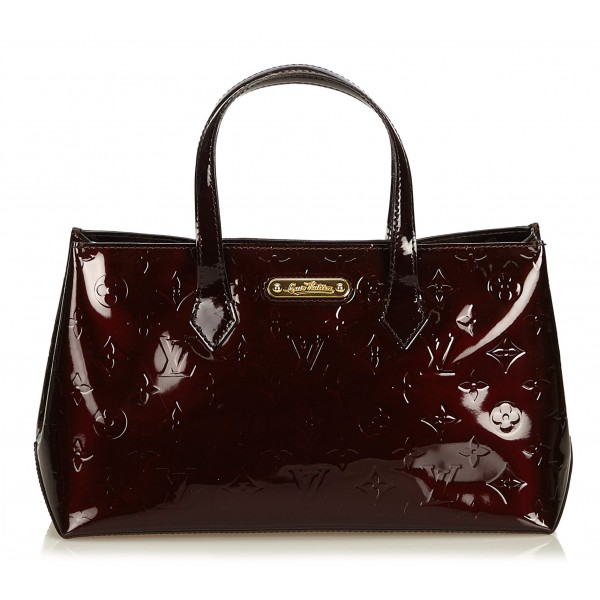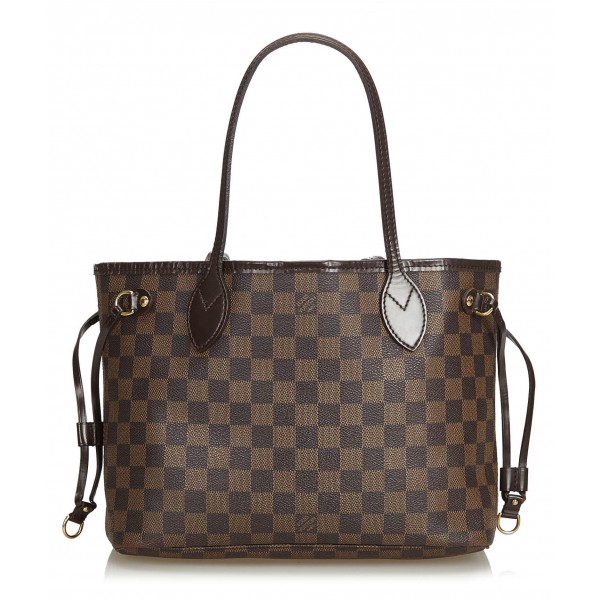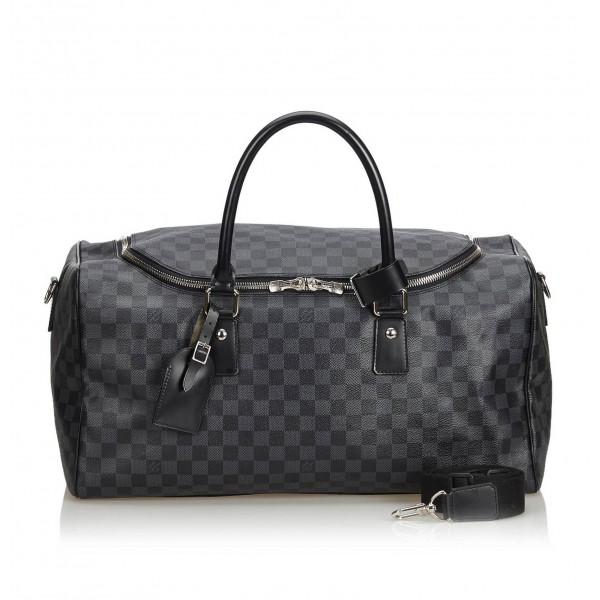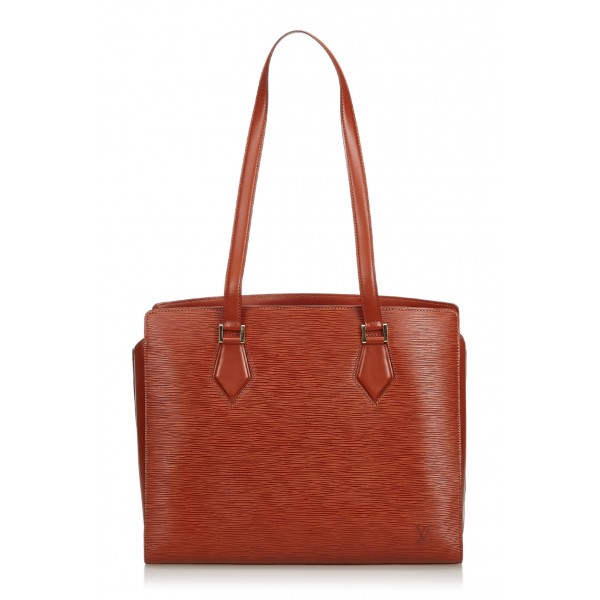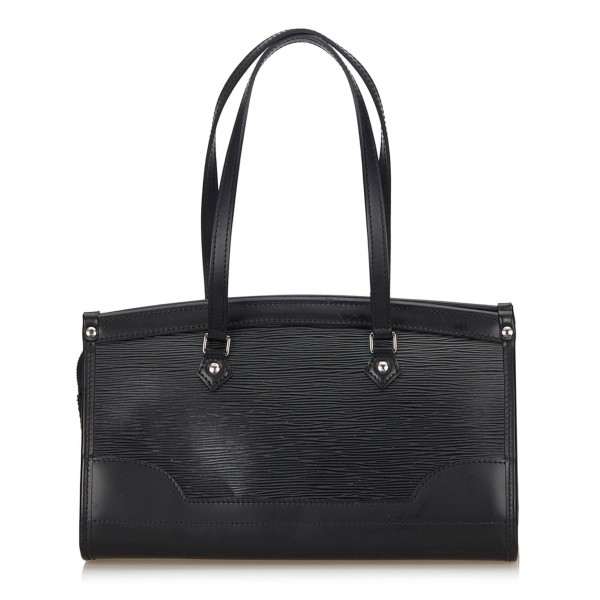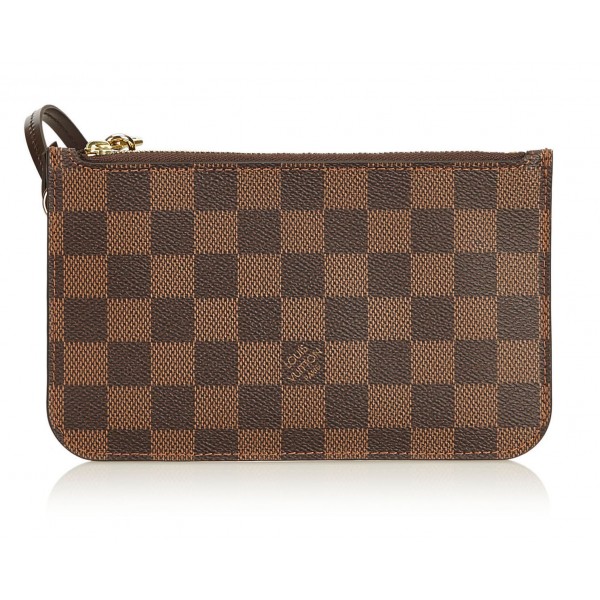No products
Categories
- Fashion Accessories
- Clothing
- Beauty & Lifestyle
-
Hi-Tech & Lifestyle
- Gaming
-
Case
- iPhone 11 Pro
- iPhone 11 Pro Max
- iPhone 11
- iPhone X / XS
- iPhone XS Max
- Samsung S10 / S10+ / S10e
- Huawei P30 / P30 Pro / P30 Lite
- Huawei P20 / P20 Pro / P20 Lite
- iPhone XR
- Samsung S9
- Samsung S9+
- iPhone 8 / 7
- iPhone 8 Plus / 7 Plus
- Samsung S8
- Samsung S8+
- Samsung S7
- Samsung S7 Edge
- iPhone 6 / 6 s
- iPhone 6 Plus / 6 s Plus
- iPhone 5 / SE
- Skin
- Audio
- Smart Home
- Drones & Hoverboard
- Photo & Video
- Desk Supplies
- Accessories
- Games
- Beverages
- Food
- Home
- Jewelry
- Luxury
- Travel
- Art
- Footwear
- Vintage Fashion
- Restaurants
- Sport
- Animals
- Gift Ideas
- Kidswear
Extra
Louis Vuitton Vintage
Exclusive Style Touch

Asnières, The Heart of Louis Vuitton
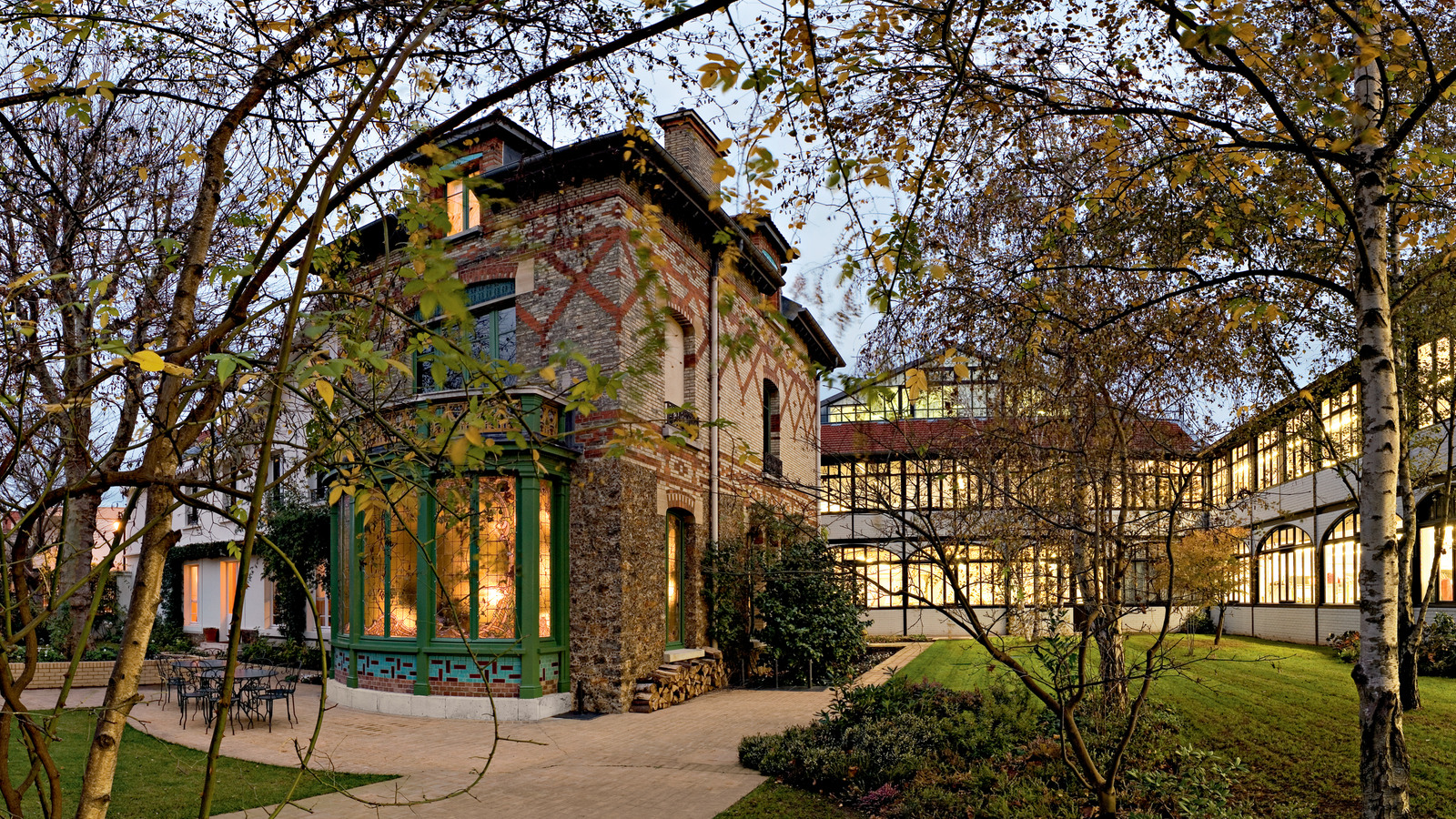
Since Louis Vuitton first settled in Asnières-sur-Seine, the House that carries his name has expanded to incredible places and designed exciting creations.
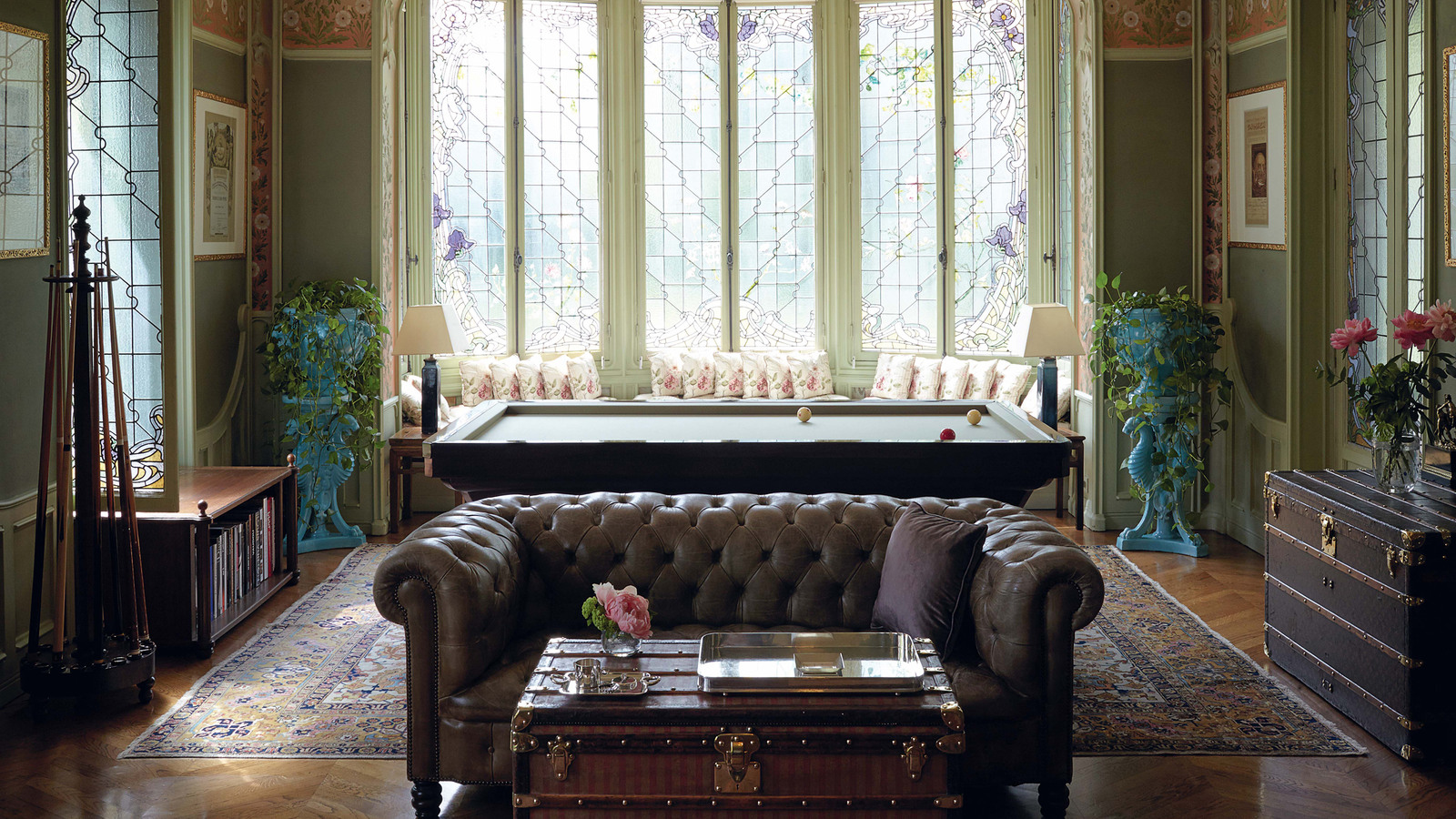
The Focal Point of Louis Vuitton Savoir-Faire
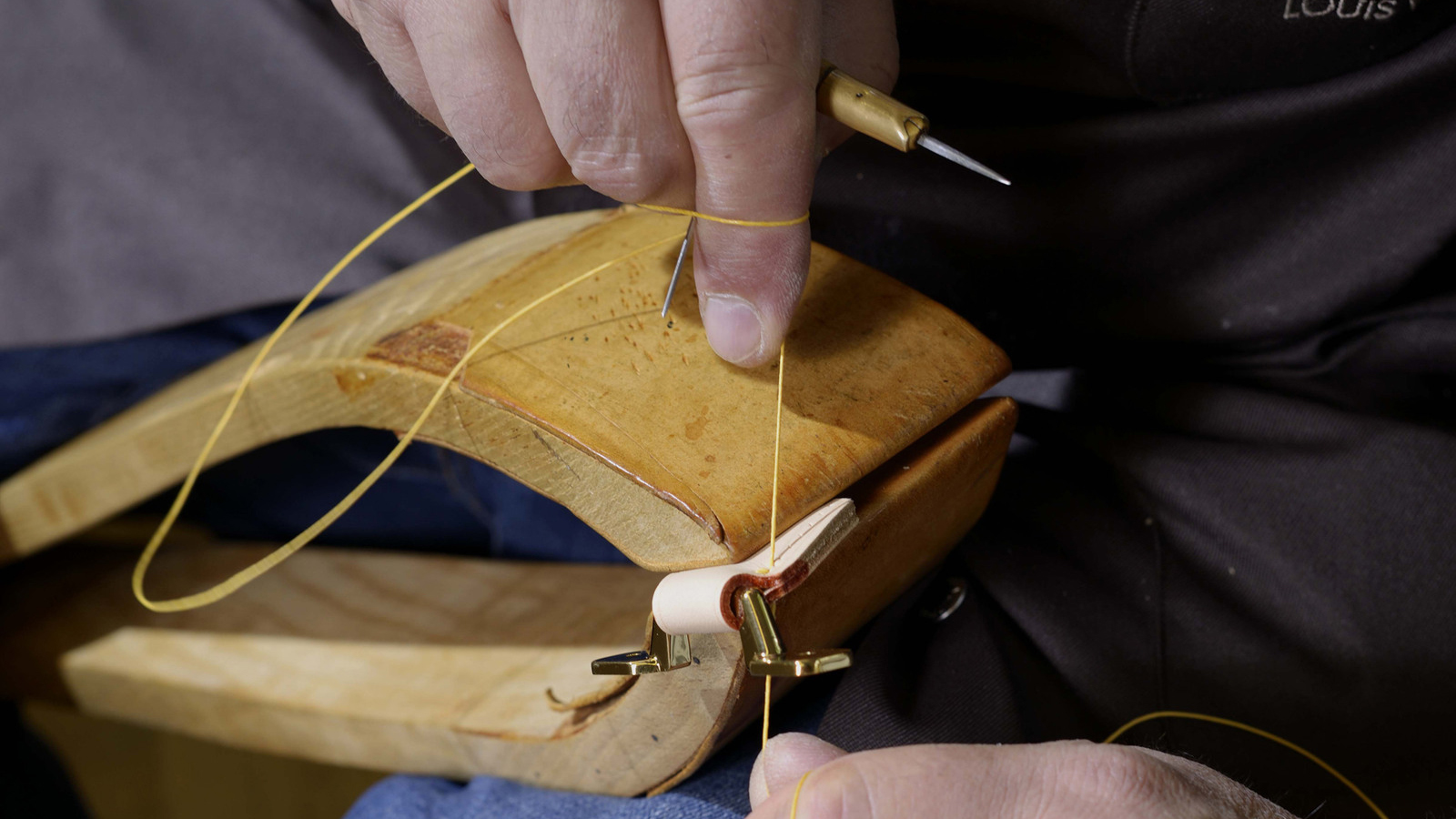
The exceptional savoir-faire of the Asnières artisans is such that even today, key pieces are created here: rigid trunks, designs in rare or exotic leathers, special orders.

These one-off designs strive for perfection by bringing together technical innovation and quintessential style.
The Atelier: Past, Present, Future
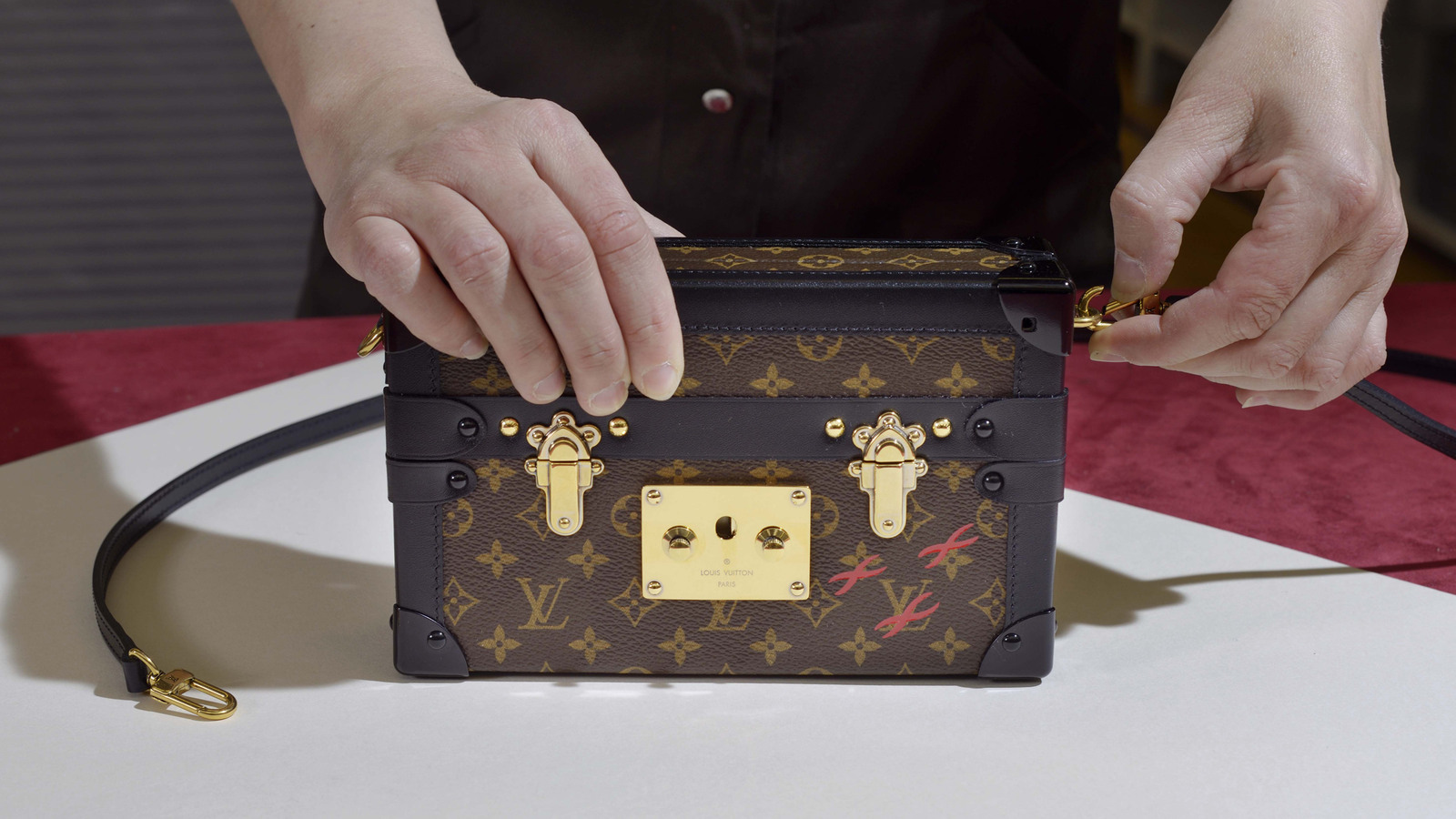
The Asnières atelier is the House's true hub and puts its soul into the creation of every special order. The family's sons all learned the art of trunk-making here, including Patrick-Louis Vuitton, who is in charge of these special orders.
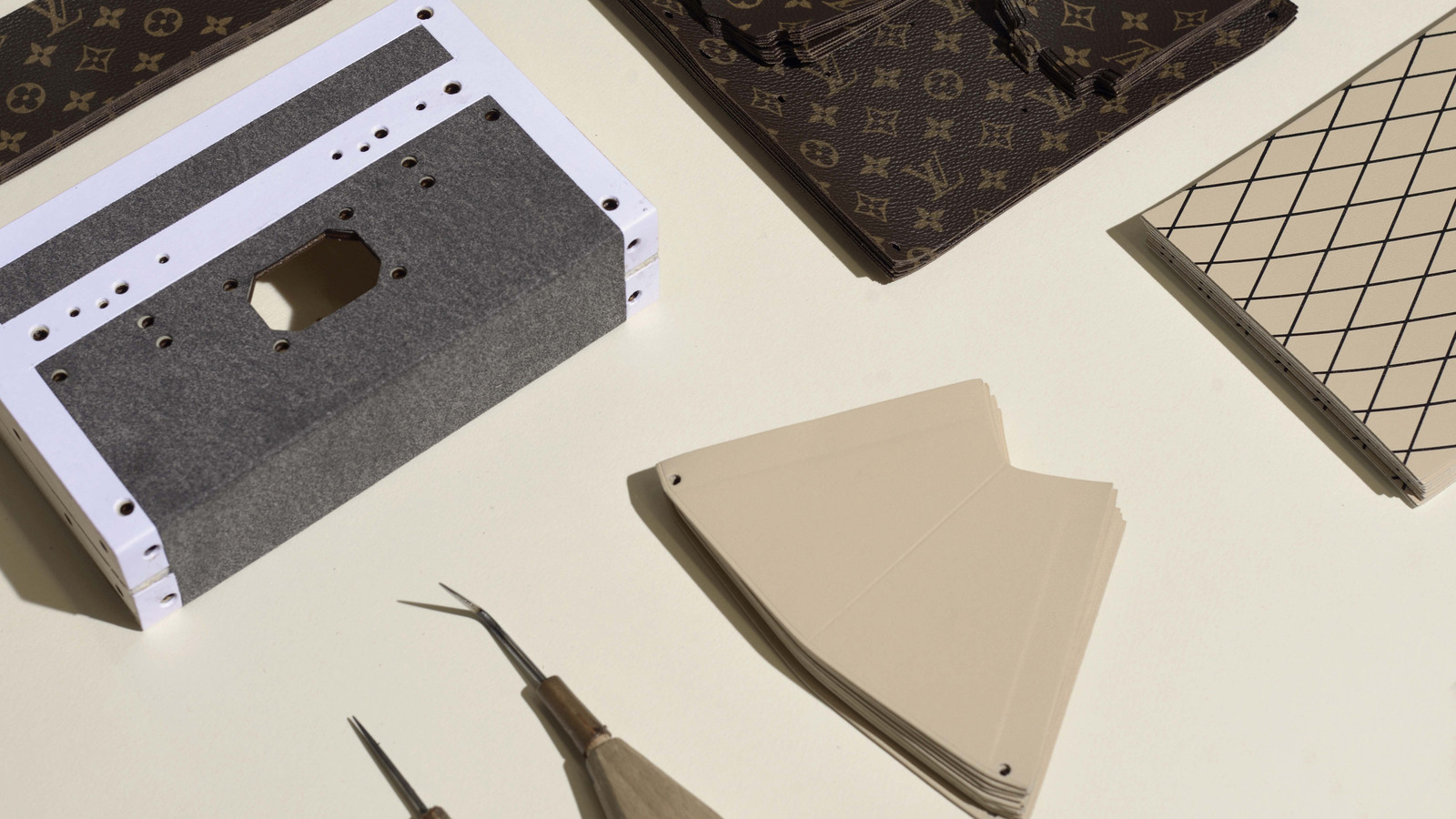
To this day, each dream finds its special case as long as it can be transported. Shower-trunks, iPad trunks, or even one-off violin trunks… Travel remains at the heart of the House, where refinement is born of careful precision and attention to detail.

Construction of a tailor-made structure in poplar wood, the application of cement, canvas, lozine, metal corners and screws, malletage… Timeless gestures which express an inspirational magic.
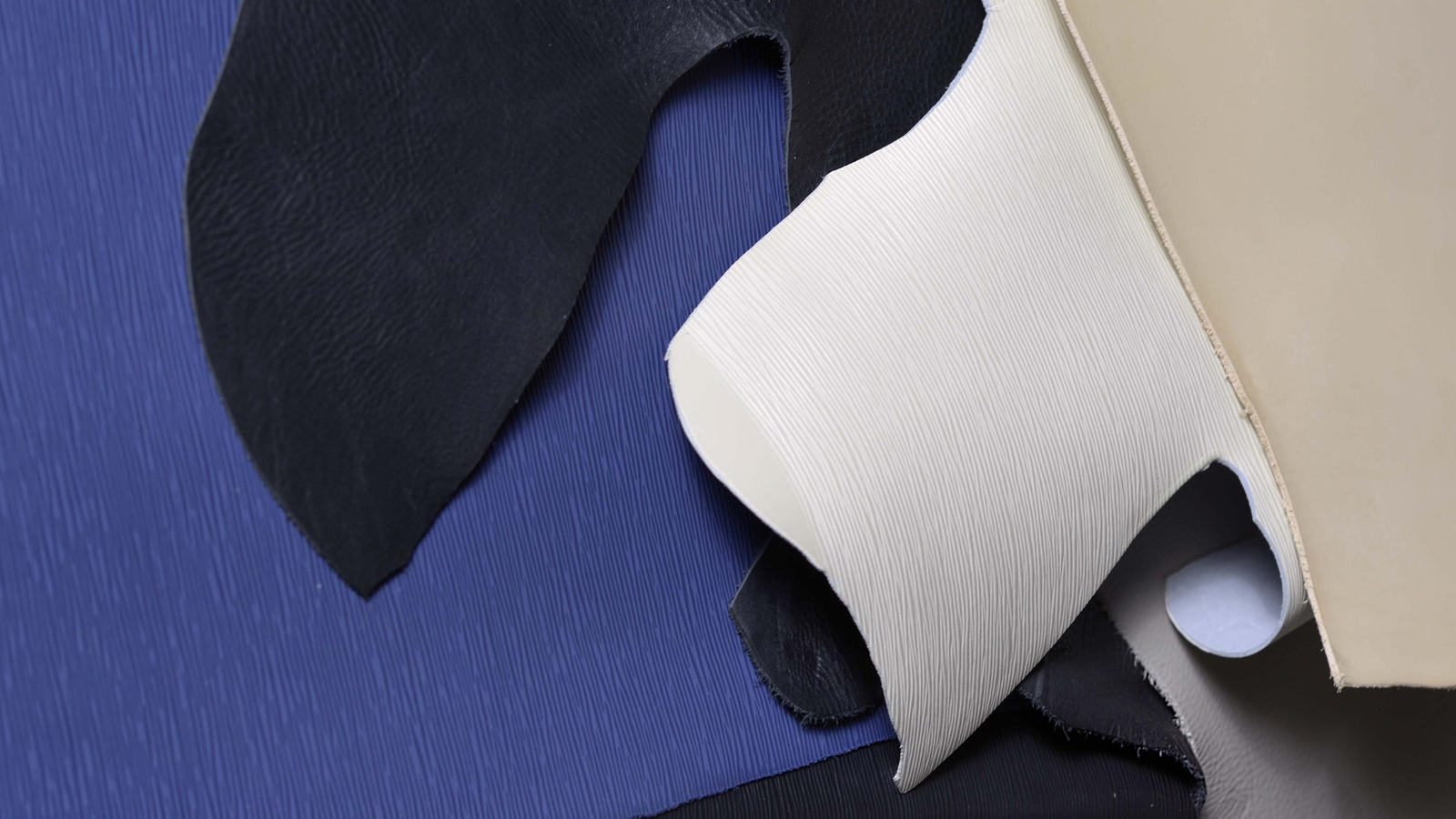
Artistic Director of Women's Collections Nicolas Ghesquière imagined the Petite Malle, a way of reinventing the trunk, the House's absolute symbol.
Galerie in Movement
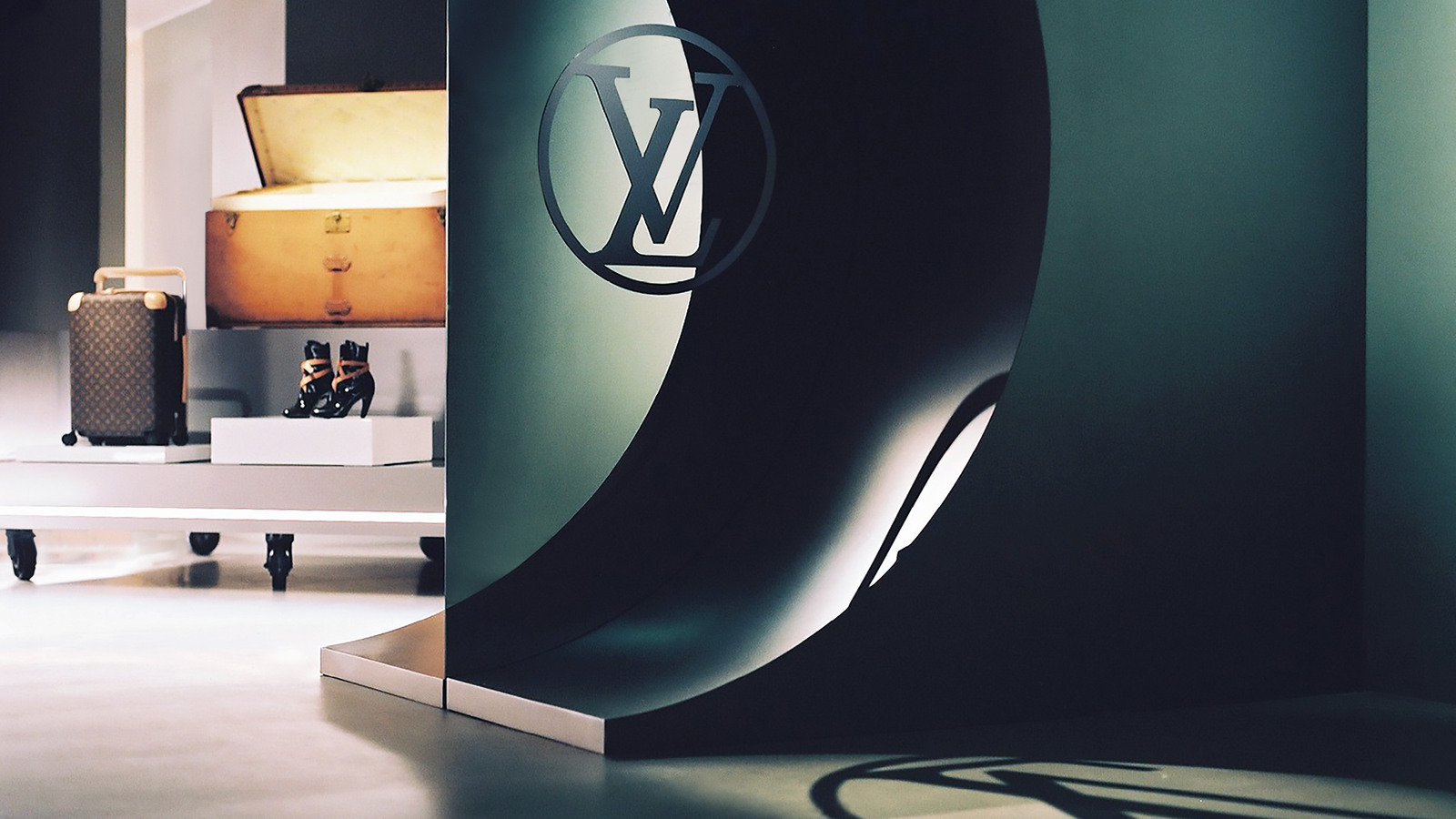
All of Louis Vuitton's archives are always meticulously conserved to keep precious objects and documents in the best possible conditions.
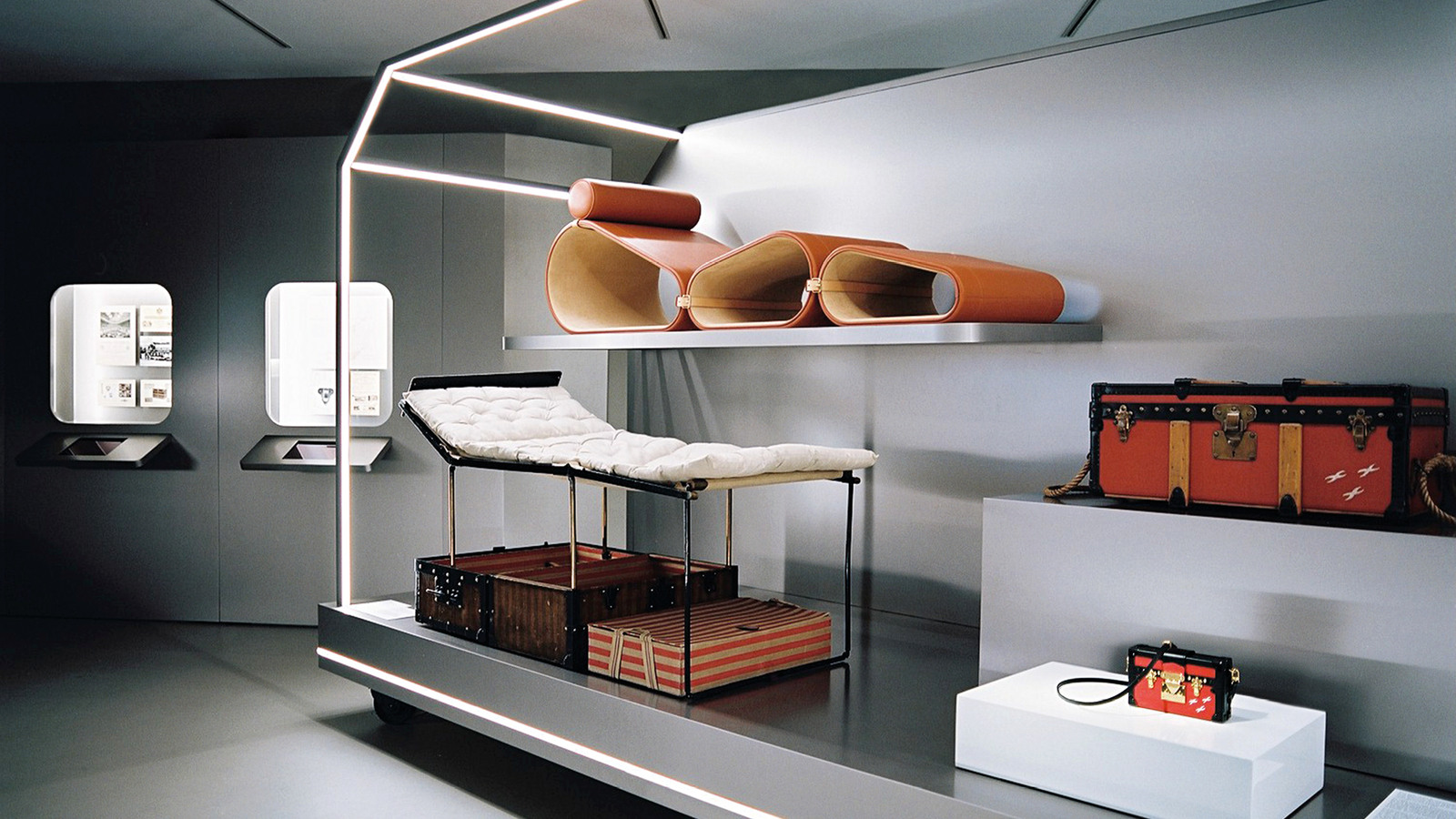
Clients records, sales registers, posters and original photographs are kept alongside trunks, suitcases, bags, and ready-to-wear collections.
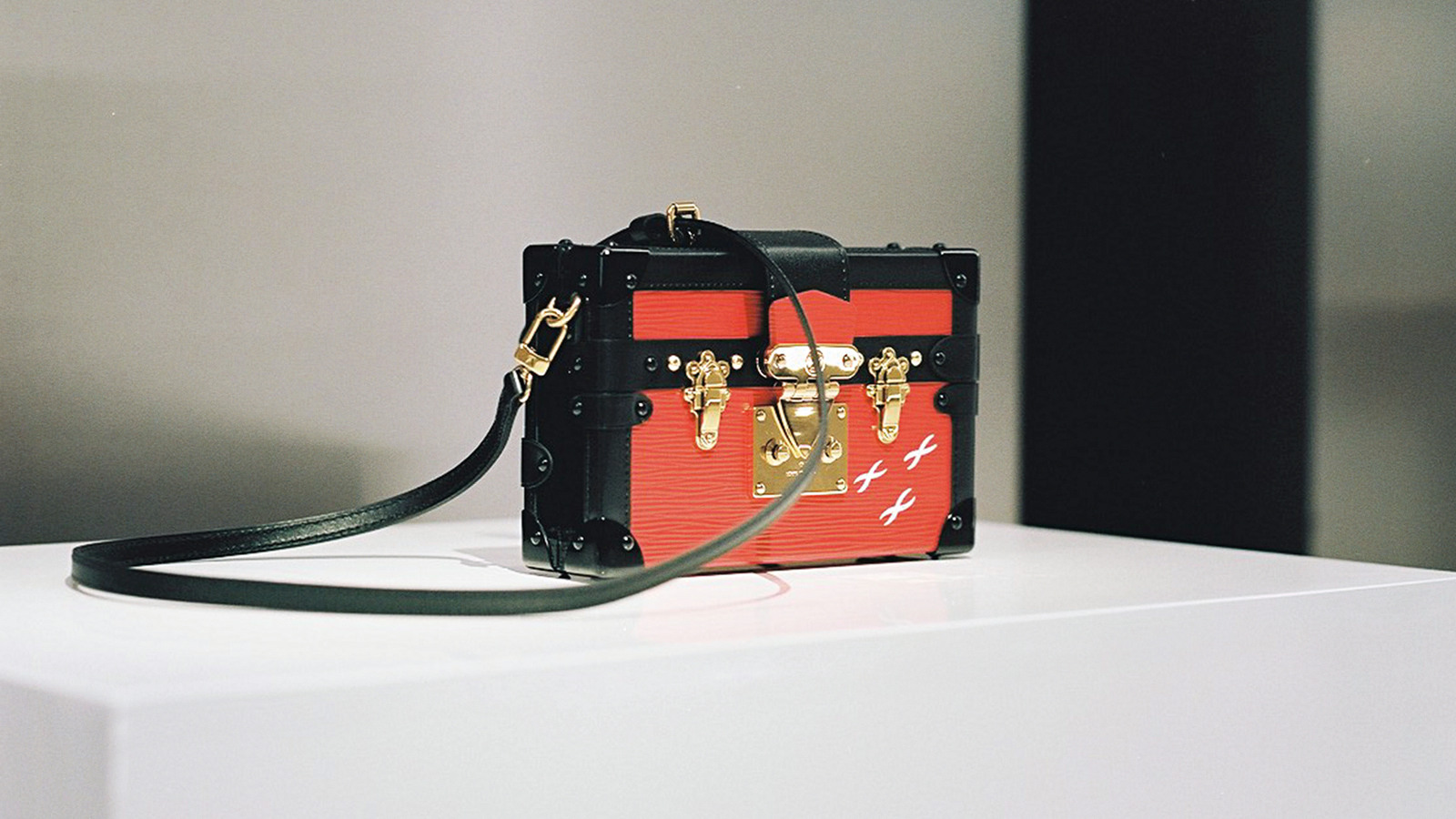
The “Galerie” boasts the personal possessions of princes and maharajas, film stars and couturiers as well as anonymous clients who hold the same, uppermost appreciation for fine craftsmanship.
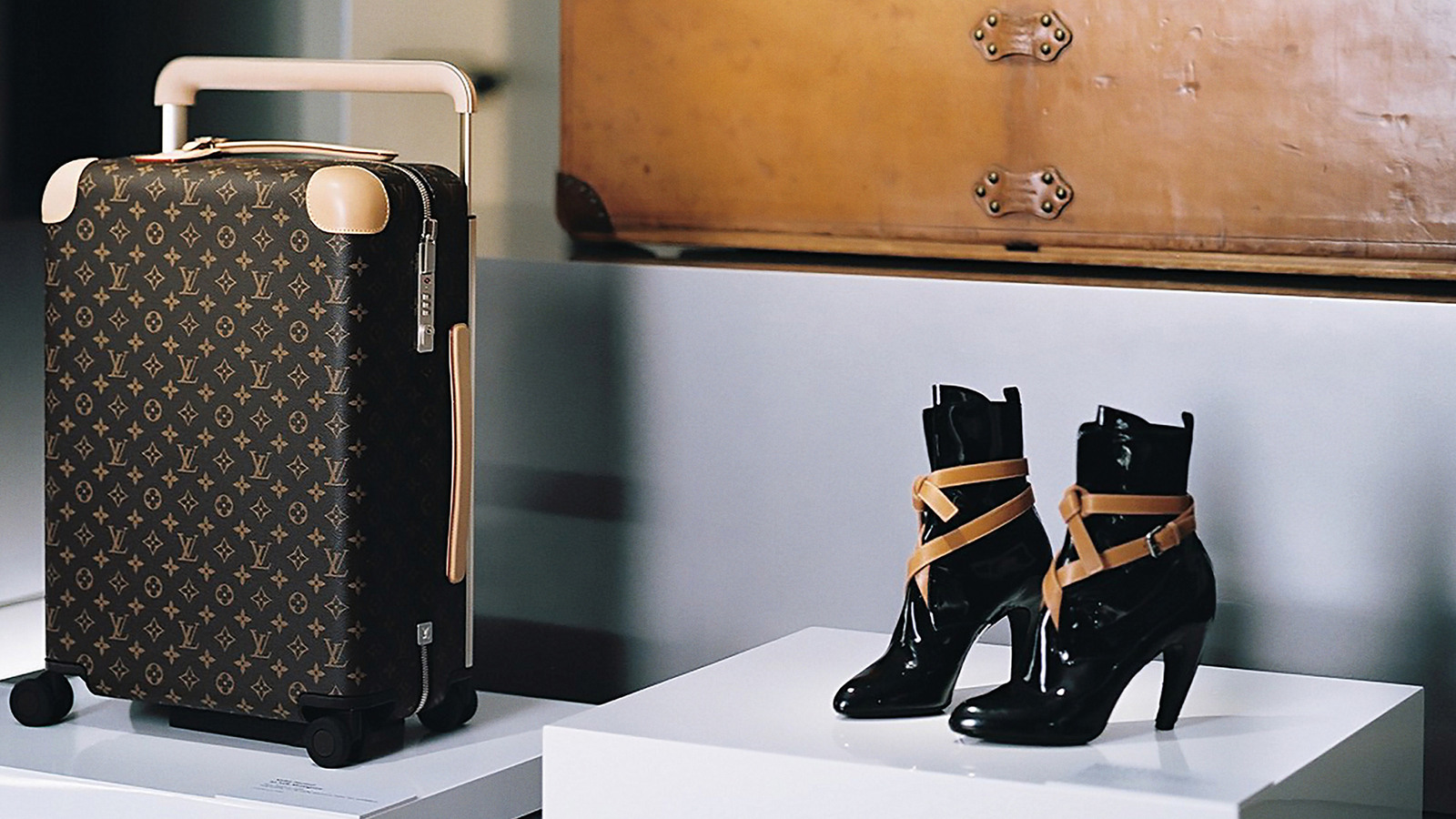
Highlight the House's history, reveal the excellence of our products and the expertise of our artisans, underline the continued relevance and the modernity of Louis Vuitton... these were some of the challenges that we sought to tackle in this creative, playful and timeless space.
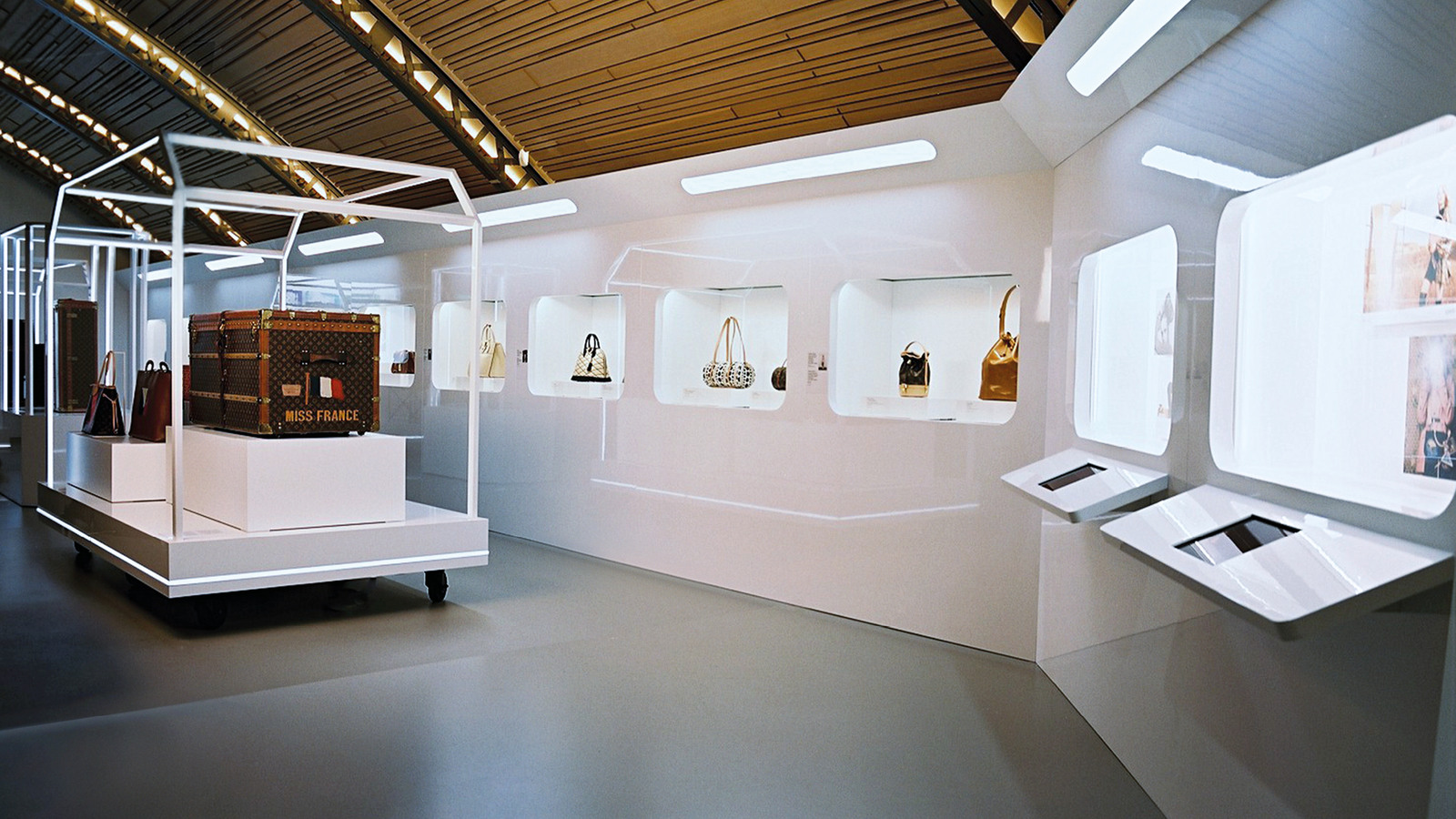
The exhibition is curated to allow free roaming with no specific order, though elements are grouped according to themes: globalization, client relations, the Monogram, nature, the avant-garde…
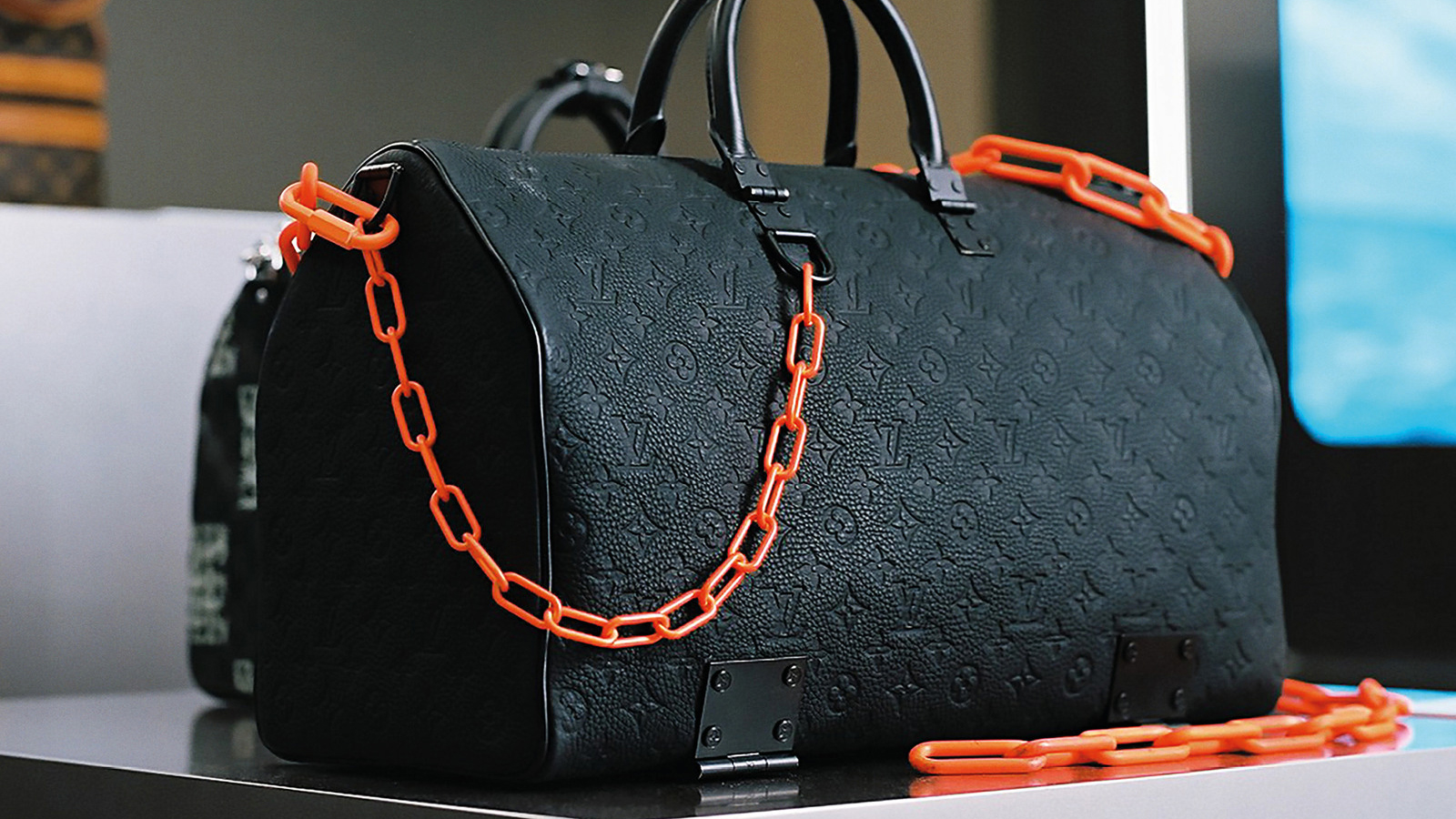
During her research through the House's archives, curator Judith Clark discovered rare gems such as the Patéki wooden cube puzzle, a game created by Gaston-Louis Vuitton and which served as the inspiration behind Clark's choice of scenography.
A Legendary History
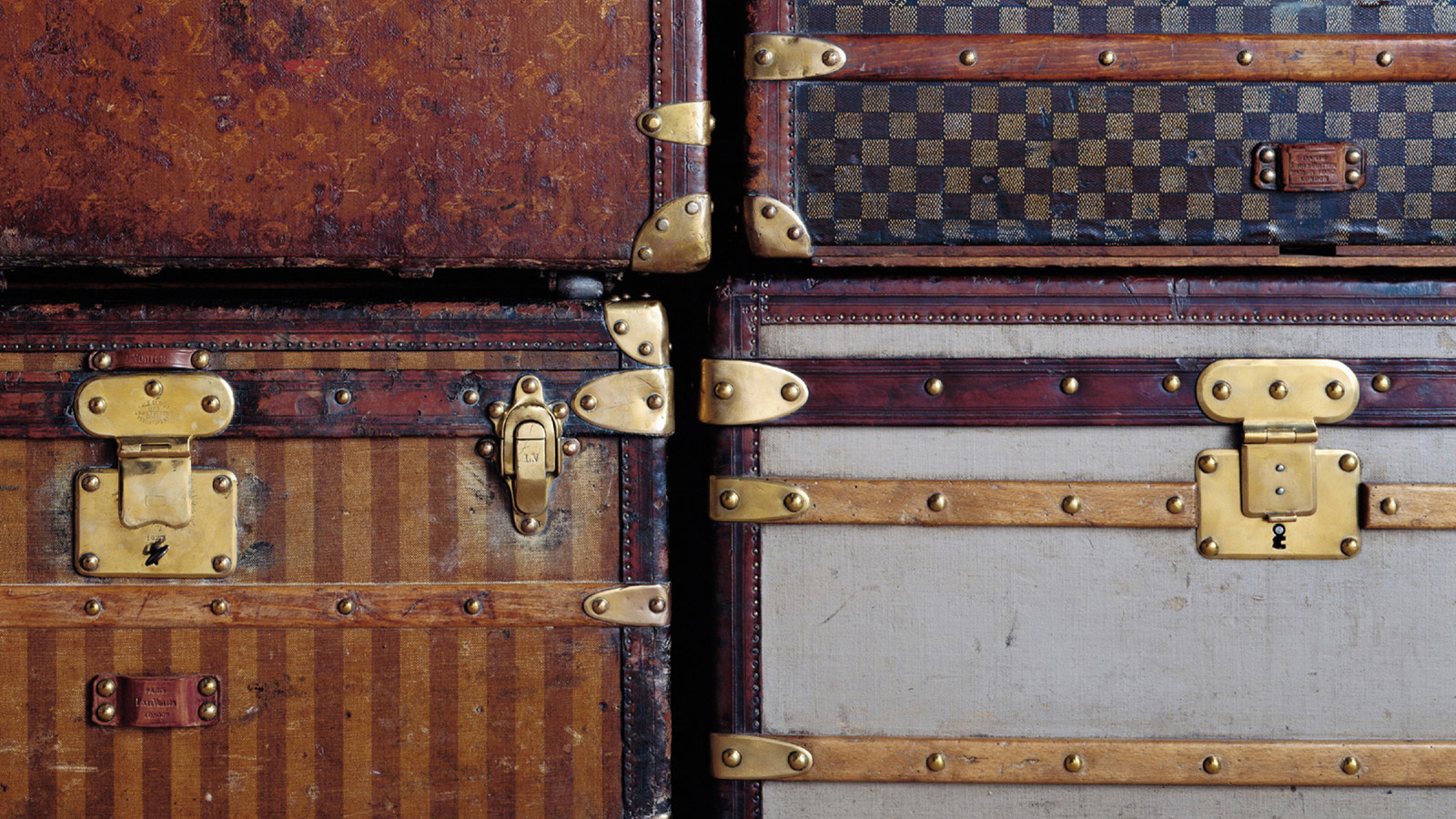
How It All Began
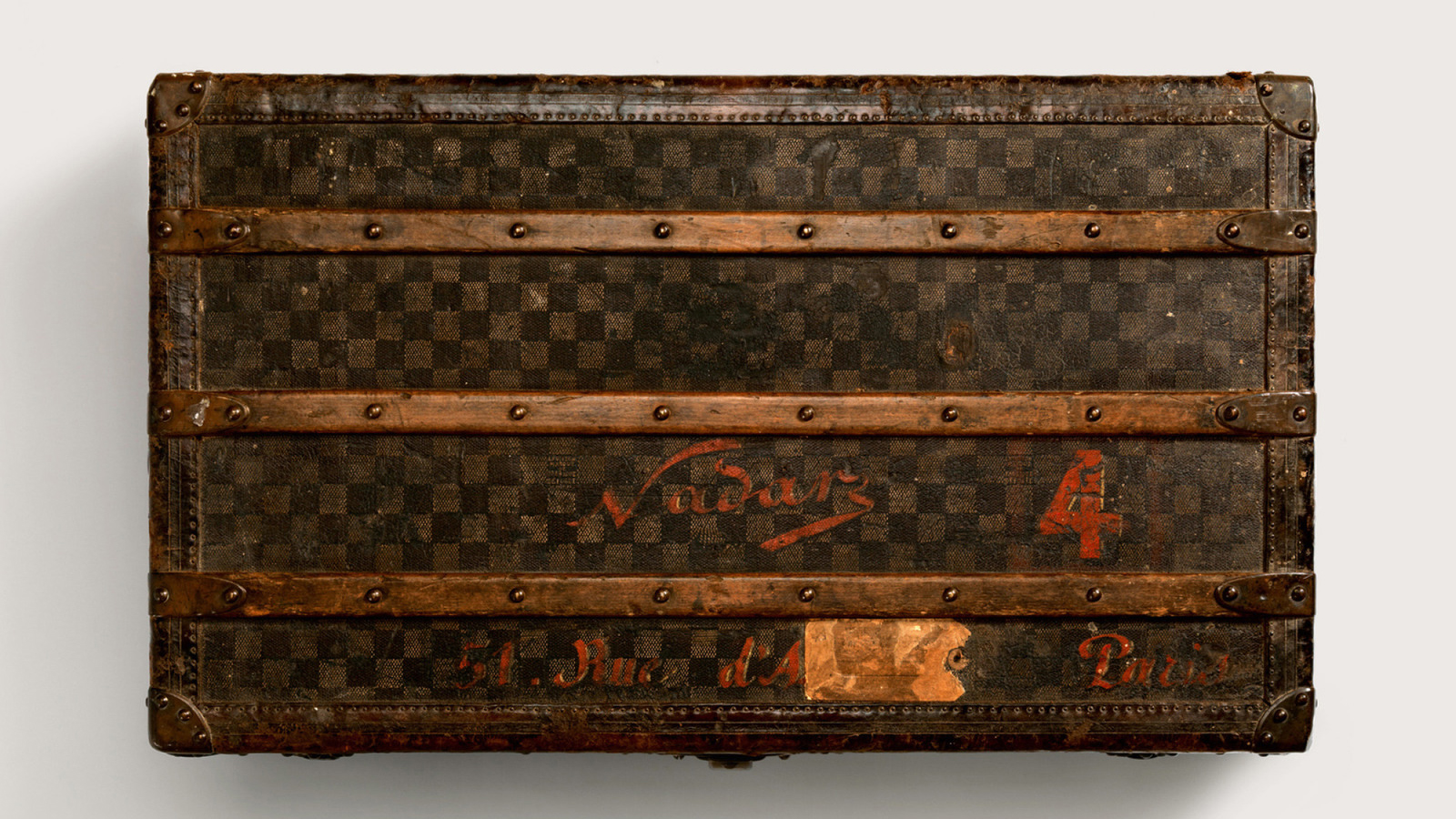
When he was only sixteen years old, Louis Vuitton made a decision that would not only change his own life but the lives of his sons and future generations: he would become a trunk-master.
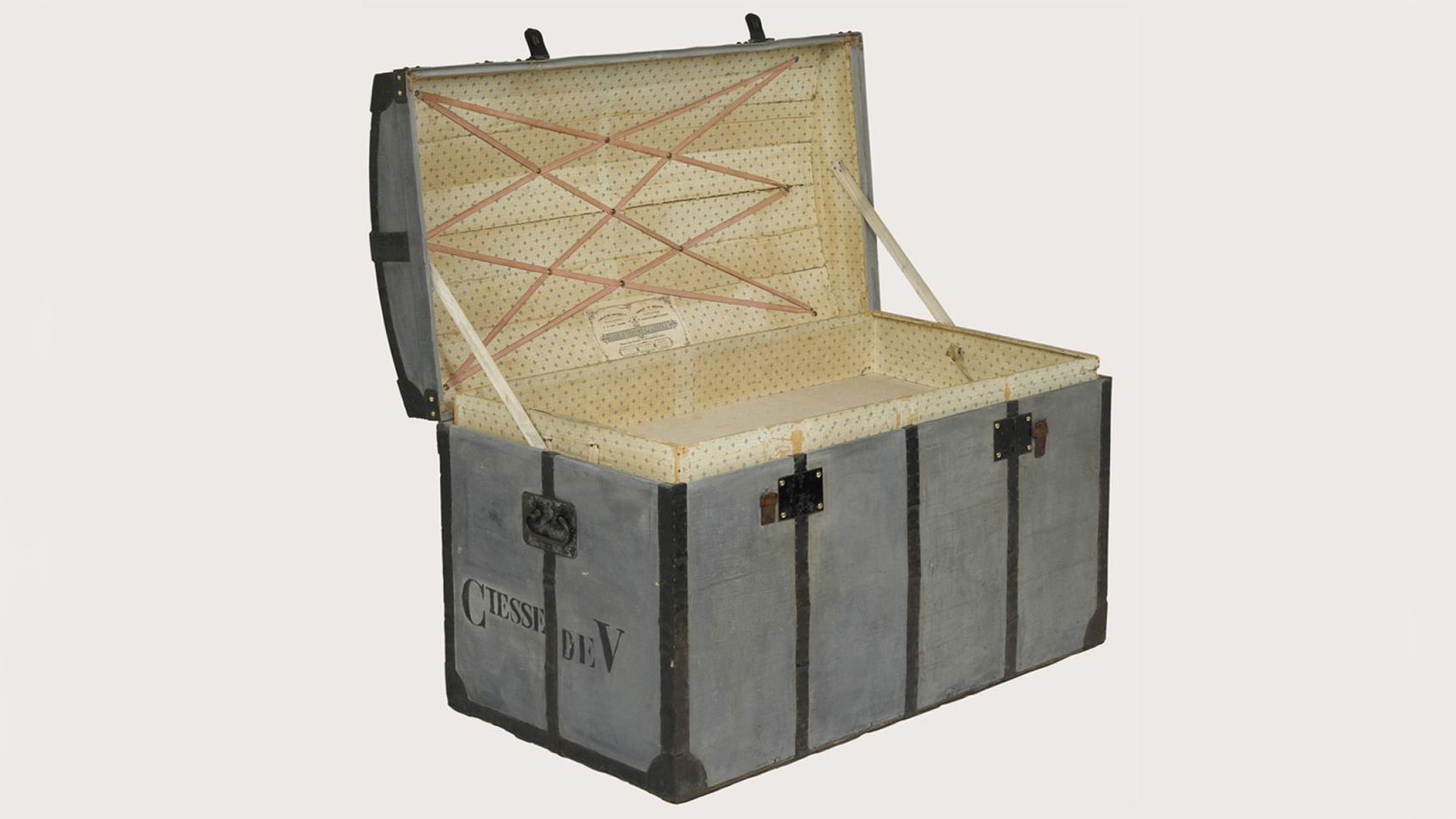
Louis Vuitton’s heritage as a trunk maker preceded even the founding of the company. It was in 1837 that a 16-year-old Louis Vuitton arrived in Paris by foot and started apprenticing for Monsieur Maréchal.
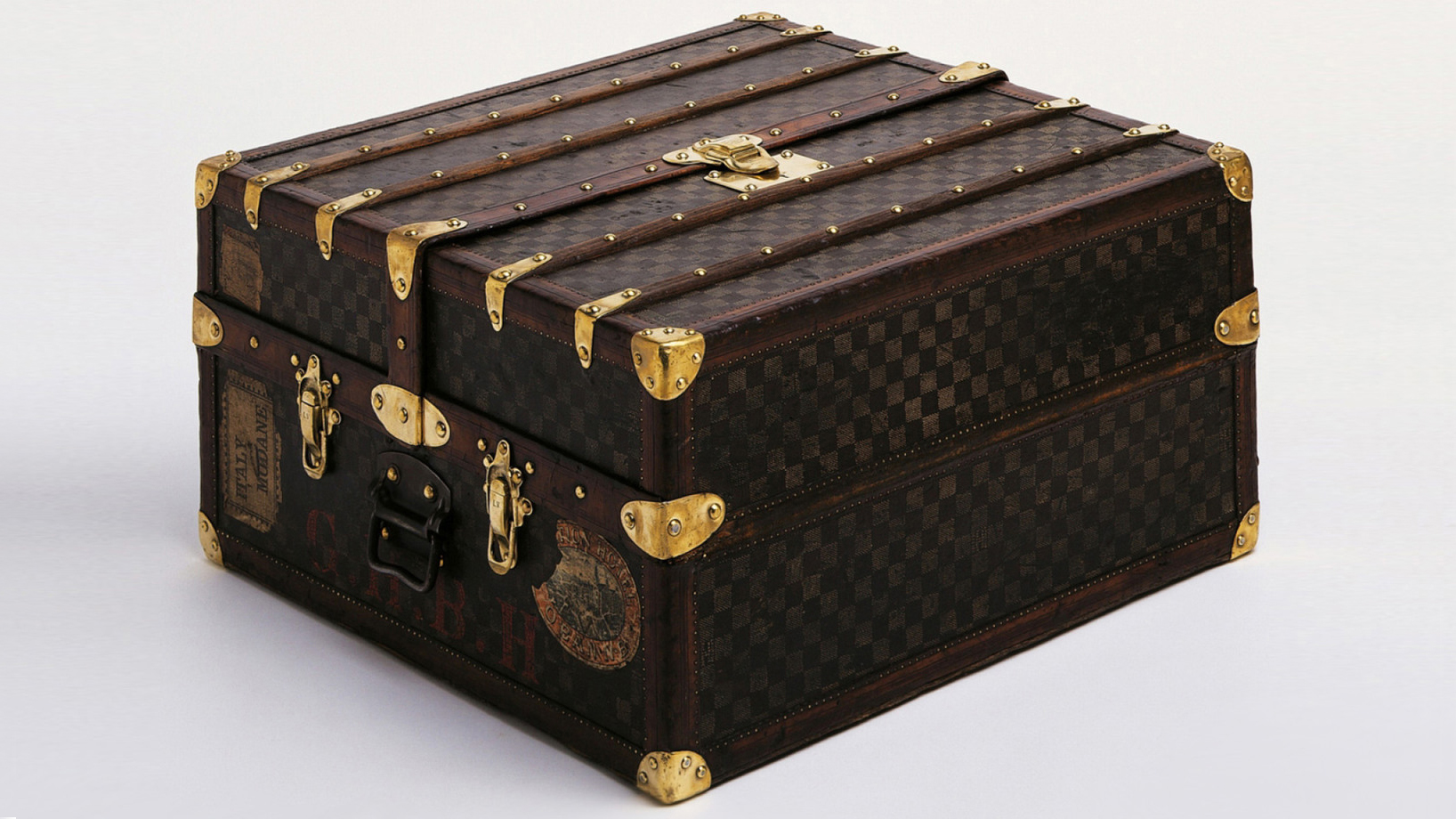
At the time, horse-drawn carriages, boats and trains were the main modes of transportation, and baggage was handled roughly. Travelers called upon craftsmen to pack and protect their individual objects.
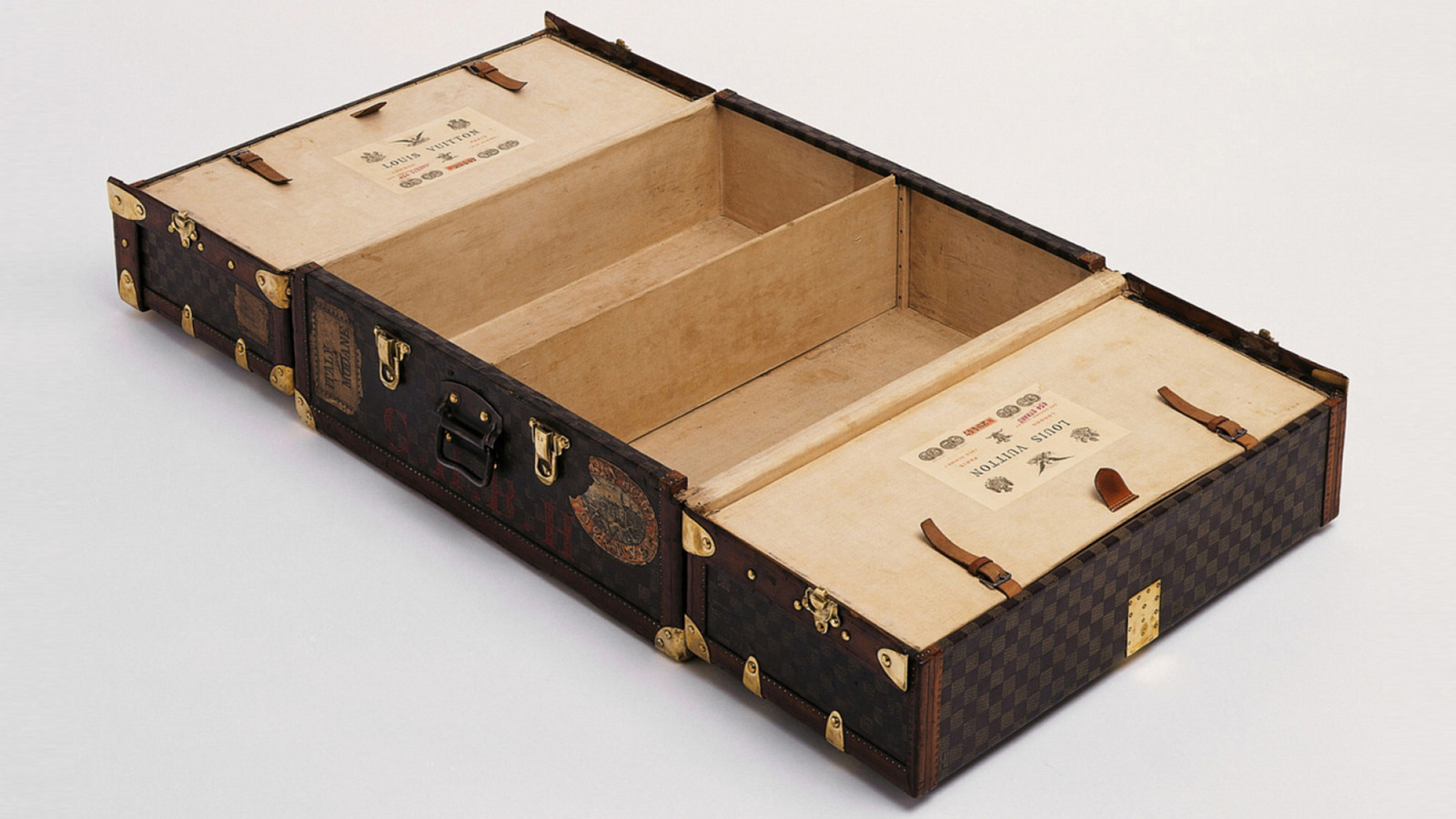
Louis Vuitton quickly became a valued craftsman at the Parisian atelier of Monsieur Maréchal. These were the roots of his highly specialized trade; the beginnings of his career in an artisanal industry that called upon skills to custom design boxes and, later, trunks according to clients’ wishes. Louis Vuitton stayed for 17 years before opening his own workshop at 4 Rue Neuve-des-Capucines near the Place Vendome.
Asnières: A Legendary Workshop
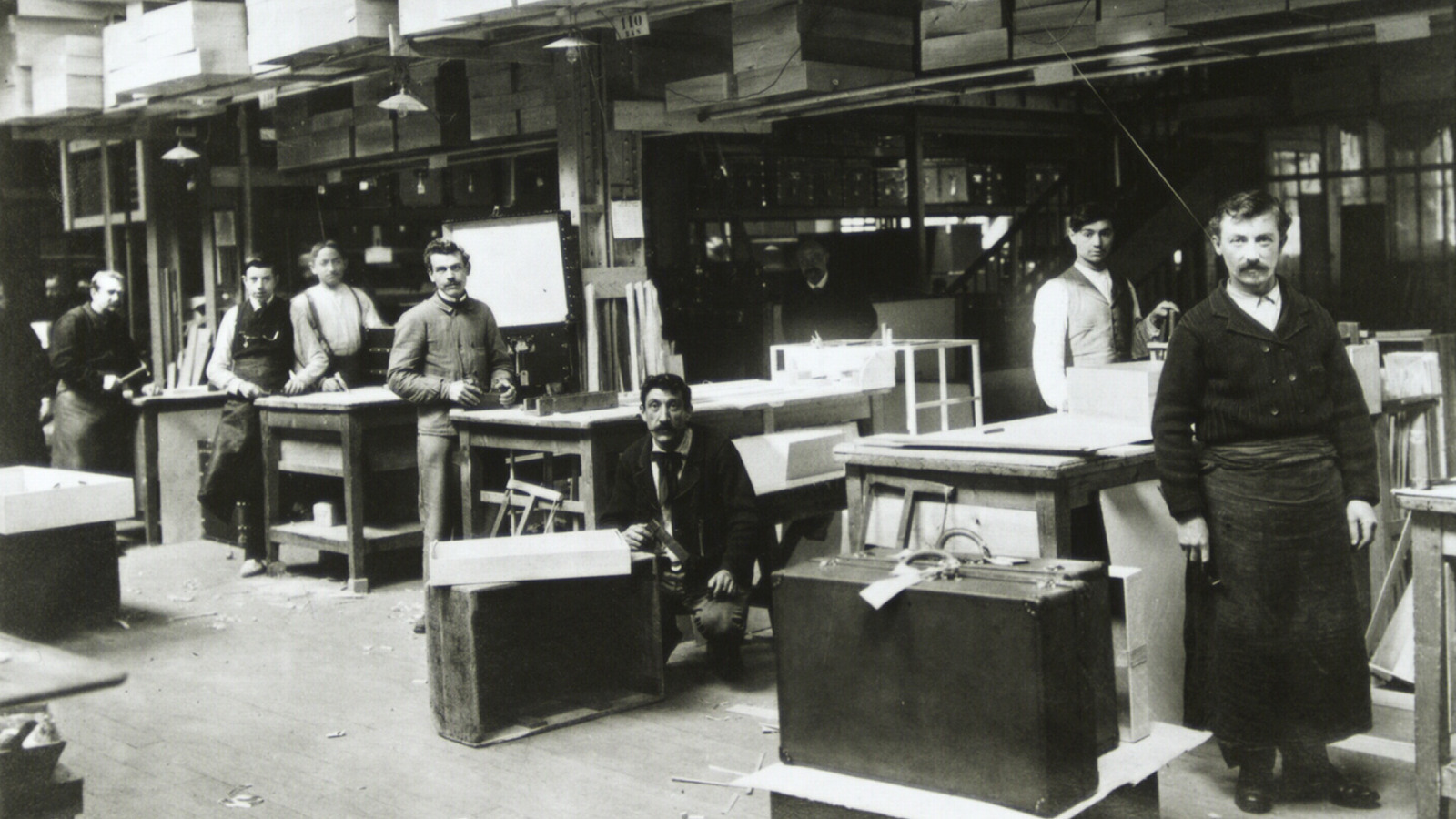
Both a family residence and the cradle of the company, the Asnières site has been the symbol of the Vuitton family's personal and commercial success since 1859.
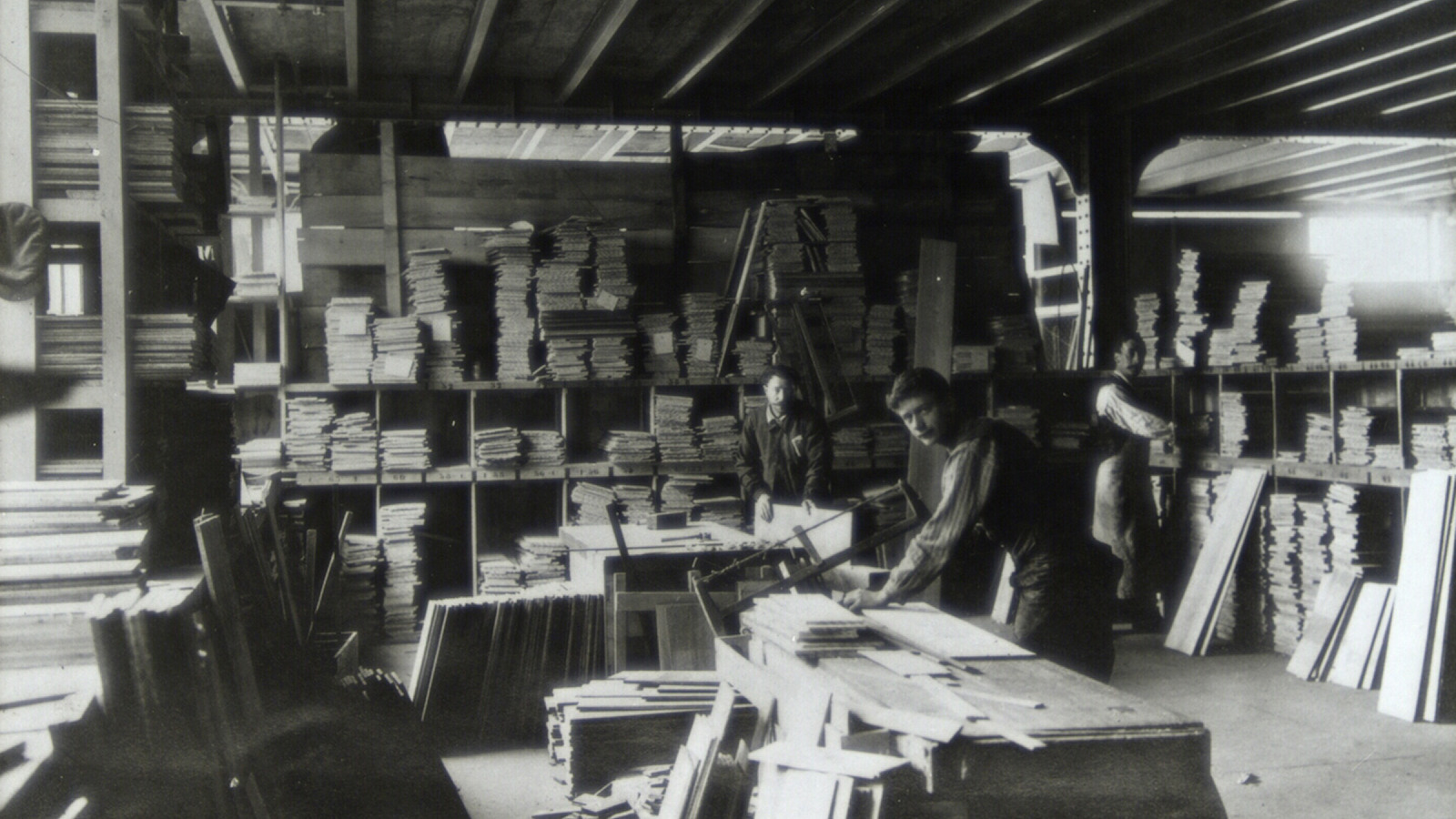
The early success of Louis Vuitton meant he had to expand his operations. This lead to the 1859 opening of his atelier in Asnières. Just northeast of the center of Paris, the workshop started with 20 employees. In 1900, there were nearly 100 people and by 1914 there were 225.
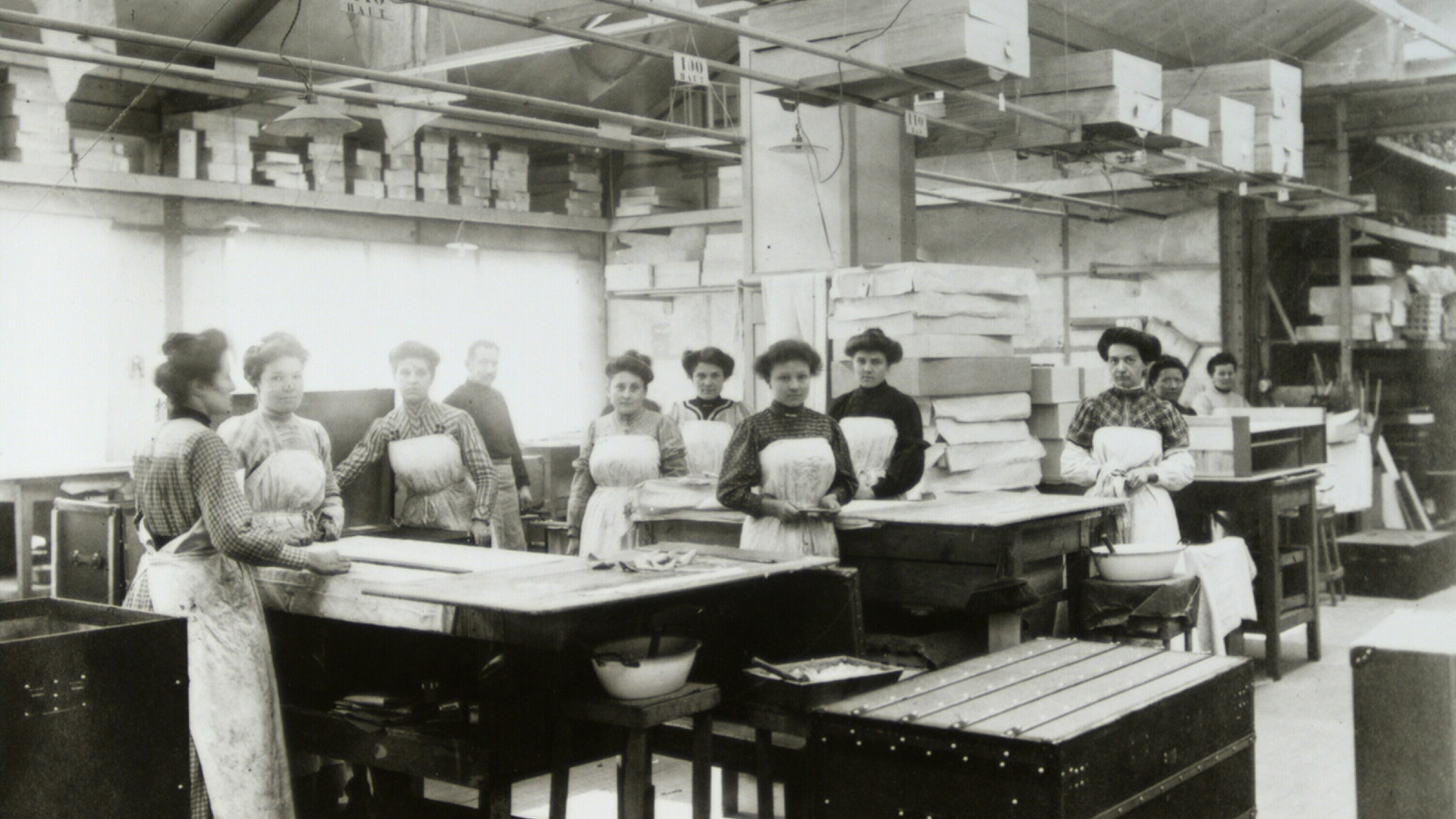
The original atelier has been expanded throughout the decades including the addition of the Vuitton family residence but it is still where products are crafted today.

While the family home has been preserved and is part of a private museum, 170 craftsmen work in the Asnières workshop, designing and creating leather goods and special orders for clients around the world.
An Unpickable Lock
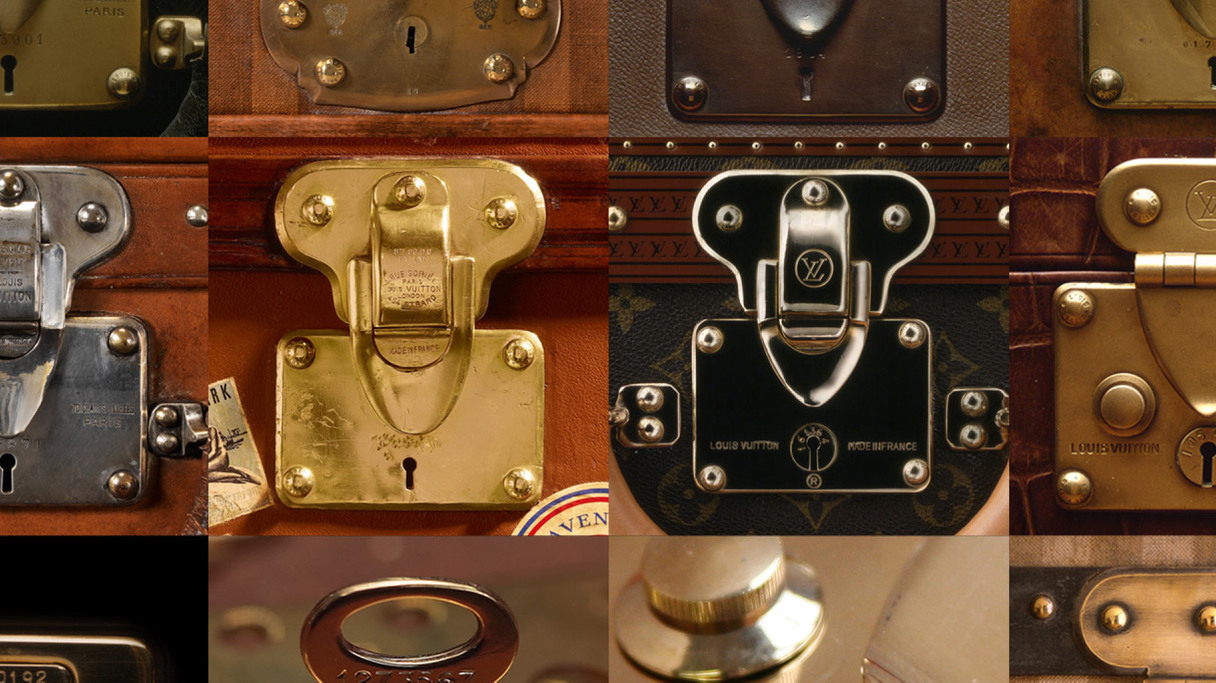
In 1886, Georges Vuitton revolutionized luggage locks with an ingenious closing system that turned travel trunks into real treasure chests.
The Tumbler Lock
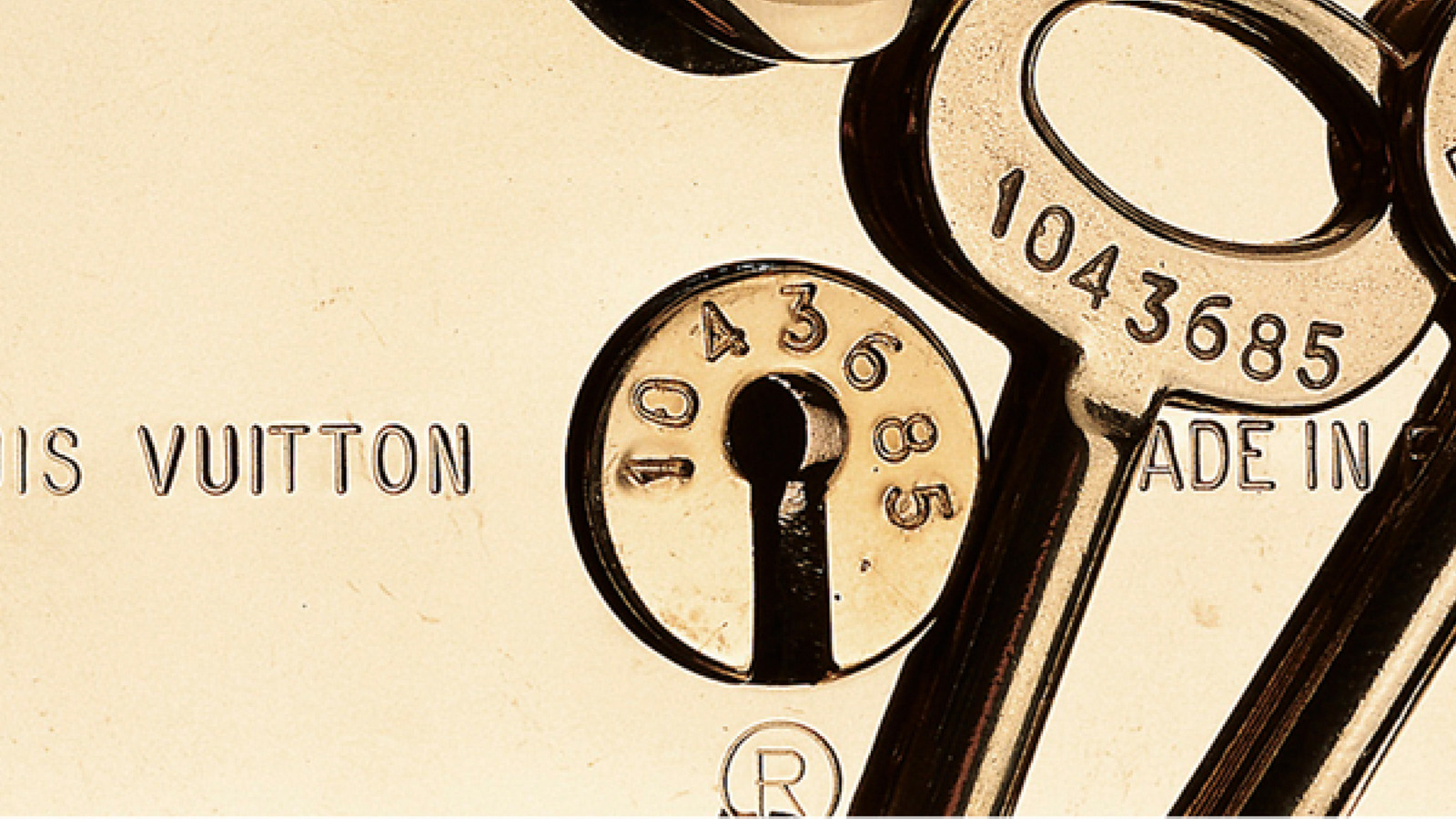
In the 1900s, travelers carried all their essentials inside wardrobes and flat trunks—which, unfortunately, often attracted burglars. Master trunk maker, Louis Vuitton sought to help his clients protect the goods inside their travel pieces. In 1886, father and son, Georges, adopted a single lock system with two spring buckles. After several years of development, George patented this revolutionary system and it was so effective, he challenged Harry Houdini, the great American escape artist, in a public newspaper to escape from a Vuitton box and lock. Houdini didn’t rise to the challenge, but the lock’s effectiveness is indisputable. It is still used today.
100 th Anniversary
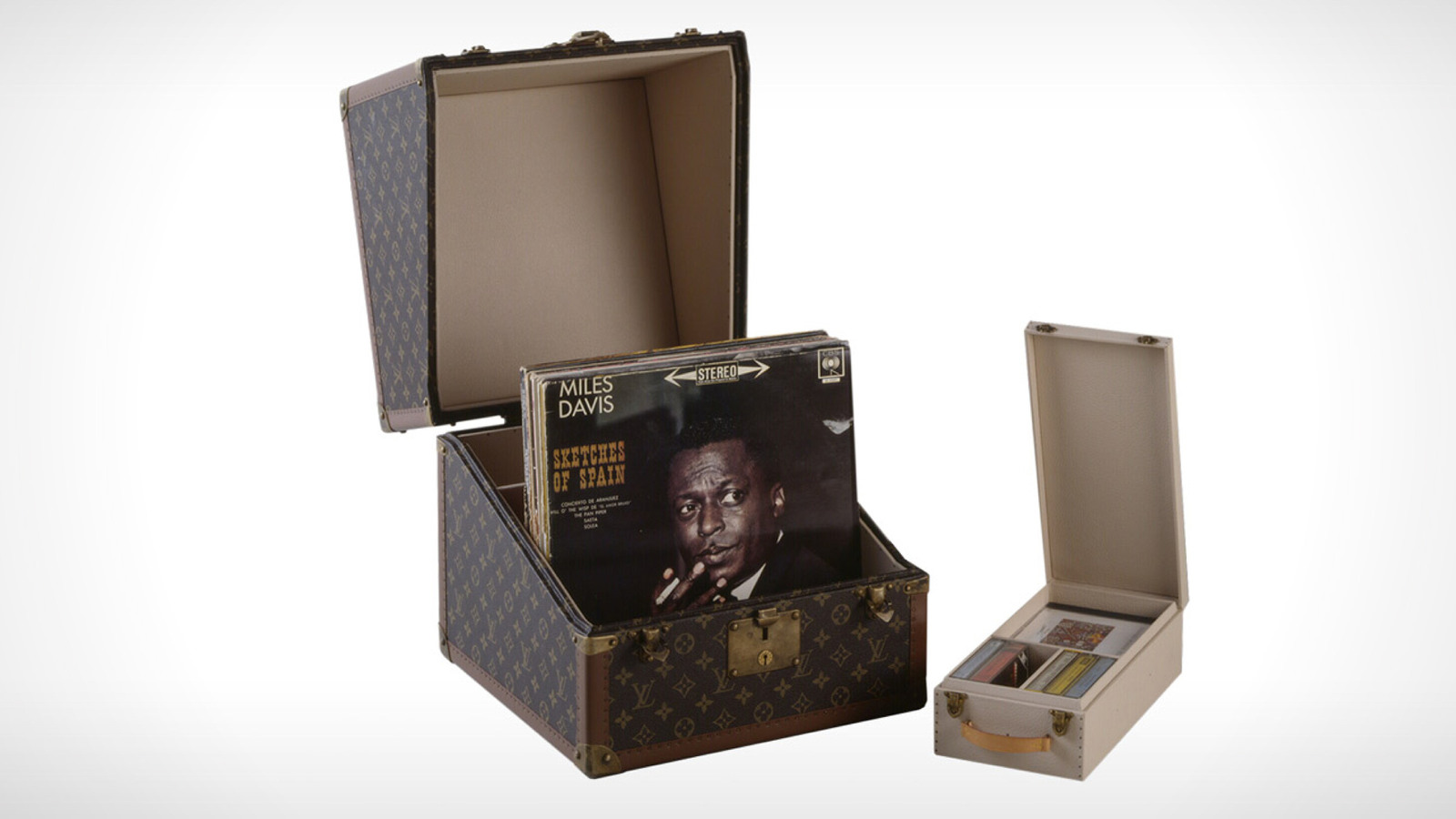
The Brand Asked Six Designers To Create Original Pieces To Celebrate The Iconic Canvas That Was Created Over A Century Ago: The Monogram.
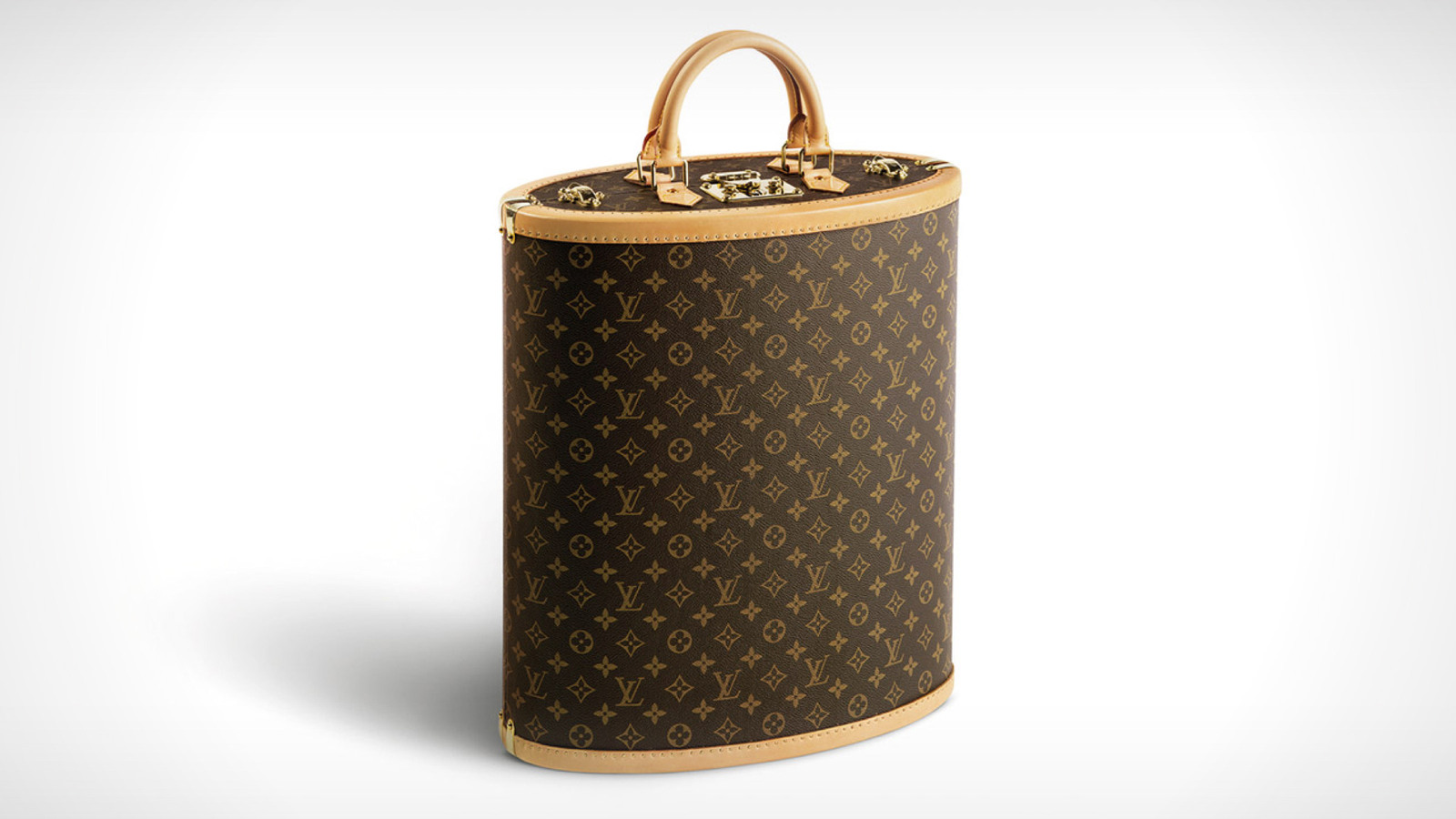
To celebrate the 100 th anniversary of the Monogram canvas in 1996, Louis Vuitton invited select designers to create unique pieces of luggage.
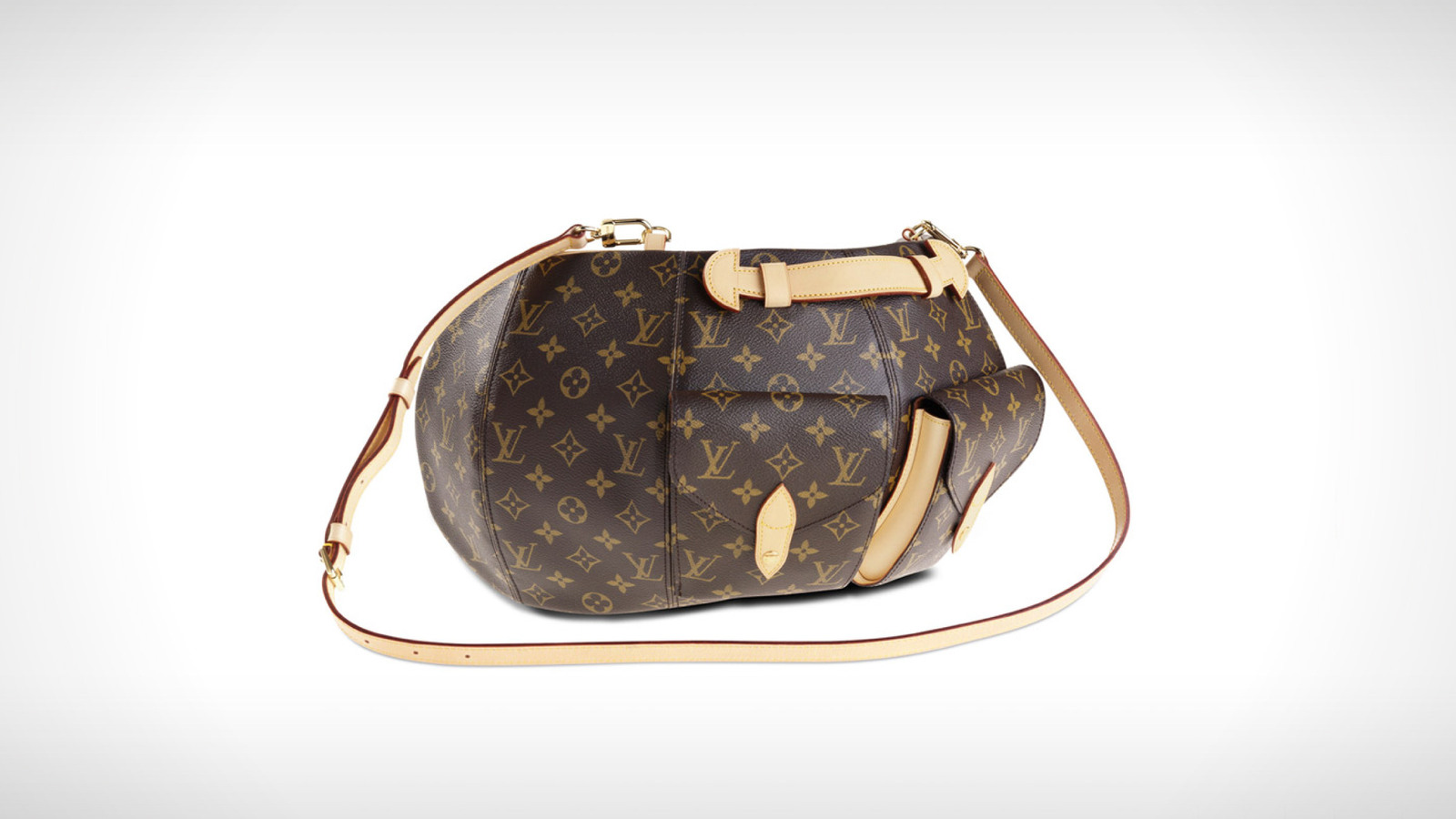
The resulting collection was then exhibited in the world’s great capitals, bringing the brand’s spirit of innovation and collaboration to fashion lovers across the globe.
Products Louis Vuitton Vintage
Louis Vuitton Vintage
Exclusive Style Touch

Asnières, The Heart of Louis Vuitton

Since Louis Vuitton first settled in Asnières-sur-Seine, the House that carries his name has expanded to incredible places and designed exciting creations.

The Focal Point of Louis Vuitton Savoir-Faire

The exceptional savoir-faire of the Asnières artisans is such that even today, key pieces are created here: rigid trunks, designs in rare or exotic leathers, special orders.

These one-off designs strive for perfection by bringing together technical innovation and quintessential style.
The Atelier: Past, Present, Future

The Asnières atelier is the House's true hub and puts its soul into the creation of every special order. The family's sons all learned the art of trunk-making here, including Patrick-Louis Vuitton, who is in charge of these special orders.

To this day, each dream finds its special case as long as it can be transported. Shower-trunks, iPad trunks, or even one-off violin trunks… Travel remains at the heart of the House, where refinement is born of careful precision and attention to detail.

Construction of a tailor-made structure in poplar wood, the application of cement, canvas, lozine, metal corners and screws, malletage… Timeless gestures which express an inspirational magic.

Artistic Director of Women's Collections Nicolas Ghesquière imagined the Petite Malle, a way of reinventing the trunk, the House's absolute symbol.
Galerie in Movement

All of Louis Vuitton's archives are always meticulously conserved to keep precious objects and documents in the best possible conditions.

Clients records, sales registers, posters and original photographs are kept alongside trunks, suitcases, bags, and ready-to-wear collections.

The “Galerie” boasts the personal possessions of princes and maharajas, film stars and couturiers as well as anonymous clients who hold the same, uppermost appreciation for fine craftsmanship.

Highlight the House's history, reveal the excellence of our products and the expertise of our artisans, underline the continued relevance and the modernity of Louis Vuitton... these were some of the challenges that we sought to tackle in this creative, playful and timeless space.

The exhibition is curated to allow free roaming with no specific order, though elements are grouped according to themes: globalization, client relations, the Monogram, nature, the avant-garde…

During her research through the House's archives, curator Judith Clark discovered rare gems such as the Patéki wooden cube puzzle, a game created by Gaston-Louis Vuitton and which served as the inspiration behind Clark's choice of scenography.
A Legendary History

How It All Began

When he was only sixteen years old, Louis Vuitton made a decision that would not only change his own life but the lives of his sons and future generations: he would become a trunk-master.

Louis Vuitton’s heritage as a trunk maker preceded even the founding of the company. It was in 1837 that a 16-year-old Louis Vuitton arrived in Paris by foot and started apprenticing for Monsieur Maréchal.

At the time, horse-drawn carriages, boats and trains were the main modes of transportation, and baggage was handled roughly. Travelers called upon craftsmen to pack and protect their individual objects.

Louis Vuitton quickly became a valued craftsman at the Parisian atelier of Monsieur Maréchal. These were the roots of his highly specialized trade; the beginnings of his career in an artisanal industry that called upon skills to custom design boxes and, later, trunks according to clients’ wishes. Louis Vuitton stayed for 17 years before opening his own workshop at 4 Rue Neuve-des-Capucines near the Place Vendome.
Asnières: A Legendary Workshop

Both a family residence and the cradle of the company, the Asnières site has been the symbol of the Vuitton family's personal and commercial success since 1859.

The early success of Louis Vuitton meant he had to expand his operations. This lead to the 1859 opening of his atelier in Asnières. Just northeast of the center of Paris, the workshop started with 20 employees. In 1900, there were nearly 100 people and by 1914 there were 225.

The original atelier has been expanded throughout the decades including the addition of the Vuitton family residence but it is still where products are crafted today.

While the family home has been preserved and is part of a private museum, 170 craftsmen work in the Asnières workshop, designing and creating leather goods and special orders for clients around the world.
An Unpickable Lock

In 1886, Georges Vuitton revolutionized luggage locks with an ingenious closing system that turned travel trunks into real treasure chests.
The Tumbler Lock

In the 1900s, travelers carried all their essentials inside wardrobes and flat trunks—which, unfortunately, often attracted burglars. Master trunk maker, Louis Vuitton sought to help his clients protect the goods inside their travel pieces. In 1886, father and son, Georges, adopted a single lock system with two spring buckles. After several years of development, George patented this revolutionary system and it was so effective, he challenged Harry Houdini, the great American escape artist, in a public newspaper to escape from a Vuitton box and lock. Houdini didn’t rise to the challenge, but the lock’s effectiveness is indisputable. It is still used today.
100 th Anniversary

The Brand Asked Six Designers To Create Original Pieces To Celebrate The Iconic Canvas That Was Created Over A Century Ago: The Monogram.

To celebrate the 100 th anniversary of the Monogram canvas in 1996, Louis Vuitton invited select designers to create unique pieces of luggage.

The resulting collection was then exhibited in the world’s great capitals, bringing the brand’s spirit of innovation and collaboration to fashion lovers across the globe.
Products Louis Vuitton Vintage
-
Louis Vuitton Vintage - Monogram Ikat Noefull MM Bag - Blue Multi - Canvas...
The Ikat Noefull features a printed nylon body, flat leather straps, drawstring closure, and interior zip pocket.
1 900,00 € -
Louis Vuitton Vintage - Damier Ebene Inventeur Belt - Brown Gold - Leather...
The San Tulle belt features a damier canvas waist strap, and a gold-tone hardware.
760,00 € -
Louis Vuitton Vintage - Damier Azur San Tulle Belt - Blue White - Leather...
The San Tulle belt features a Damier canvas body with leather trim, and a gold-tone closure.
655,00 € -
Louis Vuitton Vintage - Damier Graphite City Belt - Black Blue - Leather Belt...
The City belt features a damier graphite waist strap, and a silver-tone hardware.
635,00 € -
Louis Vuitton Vintage - Epi Alma PM Bag - Brown - Leather and Epi Leather...
The Alma PM features a monogram canvas body, rolled leather handles, a leather bottom, a top zip closure and an interior slip pocket.
2 120,00 € -
Louis Vuitton Vintage - Damier Geant Conquerant 55 Trolley - Black - Leather...
The Conquerant 55 features a damier geant canvas body, tan vachetta leather trim, exterior front pocket, flat top handle, dual wheels at base, and two-way zip around closure.
3 500,00 € -
Louis Vuitton Vintage - Monogram Raspail PM Bag - Brown - Monogram Leather...
The Raspail PM features a monogram canvas body, rolled vachetta leather handles, a top zip closure, and interior zip and slip pockets.
2 800,00 € -
Louis Vuitton Vintage - Epi Gobelins Bag - Brown - Leather and Epi Leather...
The Gobelins features Epi leather, flat back straps, an exterior zip pocket, a two-way zip around closure, alcantara lining, and an interior flat pocket.
1 800,00 € -
Louis Vuitton Vintage - Quatrefoil Diamond Necklace - White Gold 18K - LV...
This necklace features a diamond set in an 18K white gold quatrefoil pendant, silver-tone neck chain, and a lobster closure. Weight 6.0 g.
3 300,00 € -
Louis Vuitton Vintage - Taiga Kendall PM Bag - Black - Taiga Leather and...
The Kendall PM features a taiga leather body, rolled handles, and a top zip closure.
2 250,00 € -
Louis Vuitton Vintage - Damier Geant Souverain Bag - Brown - Damier Canvas...
The Damier Geant Souverain features a Damier canvas body with leather trim, a front exterior zip pocket, rolled leather handles, an adjustable flat strap, a top zip closure, and interior slip pockets.
2 900,00 € -
Louis Vuitton Vintage - Epi Jasmine Bag - Brown - Leather and Epi Leather...
The Jasmine features an epi leather body, rolled leather handles, a top zip closure, and an interior slip pocket.
1 850,00 € -
Louis Vuitton Vintage - Epi Figari MM Bag - Black - Leather and Epi Leather...
The Figari MM features an epi leather body, flat handles a top zip closure, and interior zip and slip pockets.
1 200,00 € -
Louis Vuitton Vintage - Damier Ebene Pegase 60 Trolley - Brown - Leather...
The Pegase 60 features a damier canvas body, a front zip pocket, a retractable top handle, dual wheels, a zip around closure, and dual interior elastic straps.
2 940,00 € -
Louis Vuitton Vintage - Vernis Reade MM Bag - Black - Vernis Leather Handbag...
The Reade PM features a vernis leather body, flat handles, an open top, and an interior zip pocket.
2 100,00 € -
Louis Vuitton Vintage - Damier Ebene Neverfull PM Bag - Brown - Damier Canvas...
The Neverfull PM features the Damier Ebene canvas body, flat vachetta straps, a top lobster claw clasp closure, and an interior zip pocket.
1 900,00 € -
Louis Vuitton Vintage - Damier Ebene Graphite Roadster 50 Bag - Graphite -...
The Roadster 50 features a damier canvas body, top leather handles, a detachable flat strap, a top zip around closure, and an interior zip pocket.
2 900,00 € -
Louis Vuitton Vintage - Epi Duplex Bag - Brown - Leather and Epi Leather...
The Duplex features an epi leather body, flat straps, an open top, and interior zip pockets.
1 420,00 € -
Louis Vuitton Vintage - Monogram Cosmetic Case Pouch - Brown - Leather and...
This cosmetic case features a monogram canvas body, a top zip closure, and an interior slip pocket
800,00 € -
Louis Vuitton Vintage - Epi Madeleine PM Bag - Black - Leather and Epi...
The Madeleine PM features an epi leather body, top zip closure, and interior slip pocket.
1 600,00 € -
Louis Vuitton Vintage - Damier Ebene Wristlet Bag Pouch - Brown - Damier...
This wristlet features a damier ebene canvas body, single wrist strap, top zip closure, and an interior slip pocket.
980,00 €



